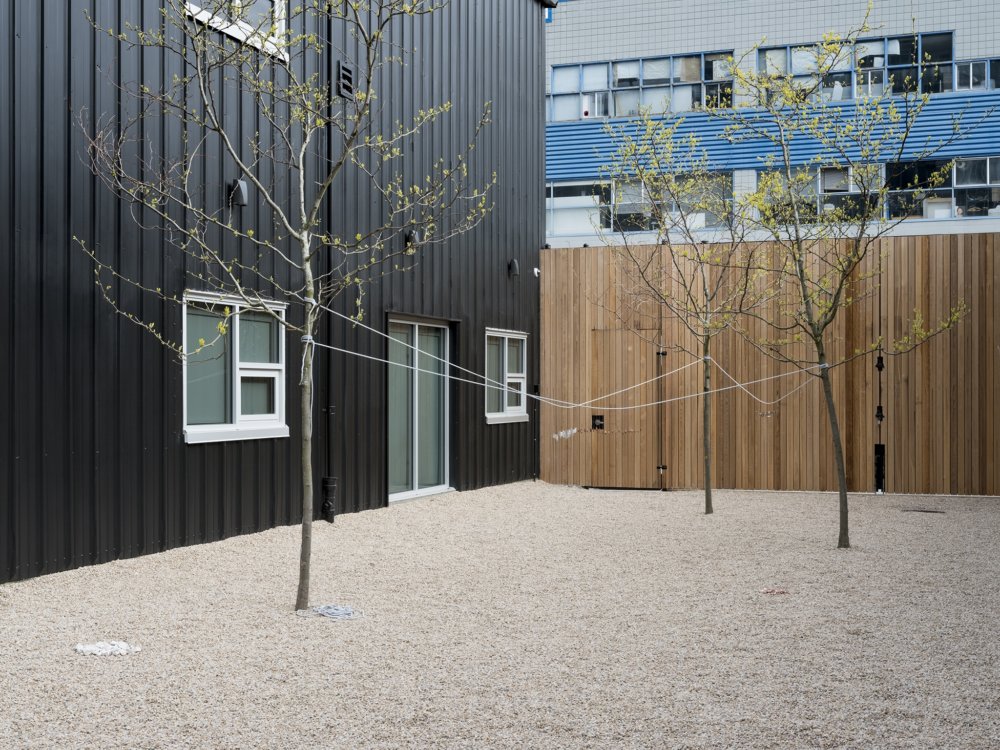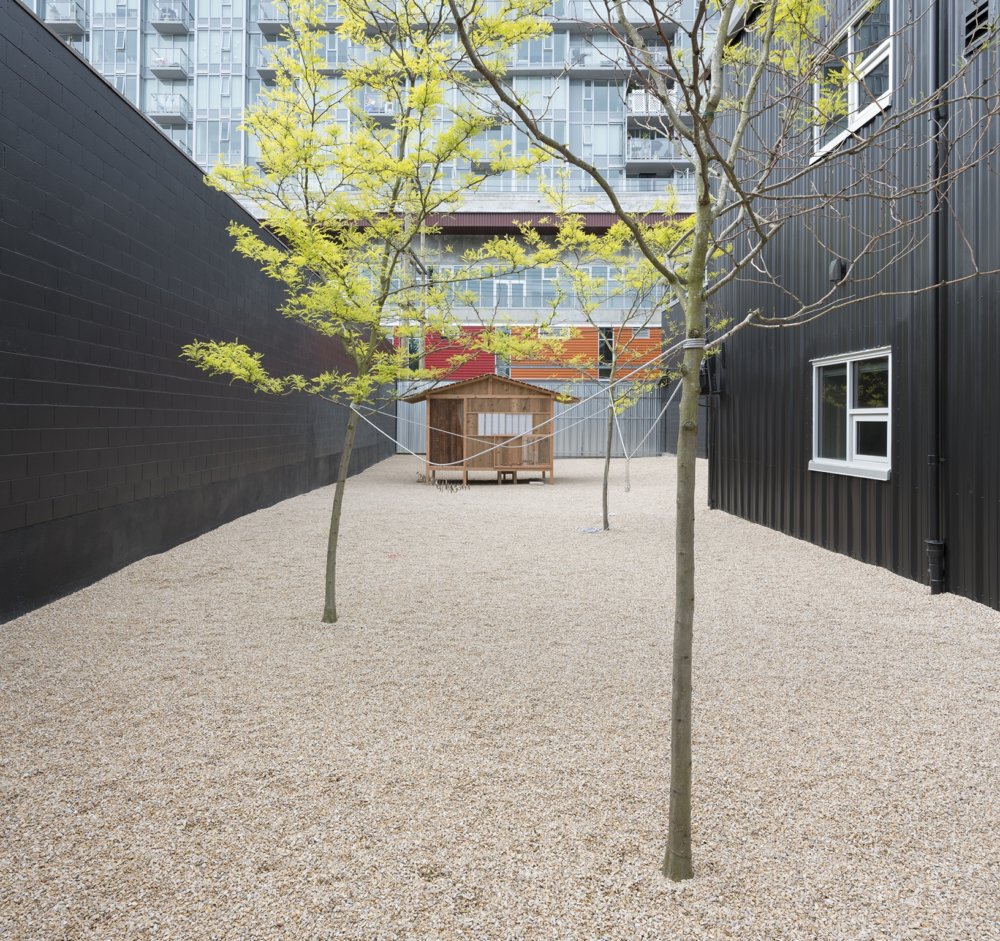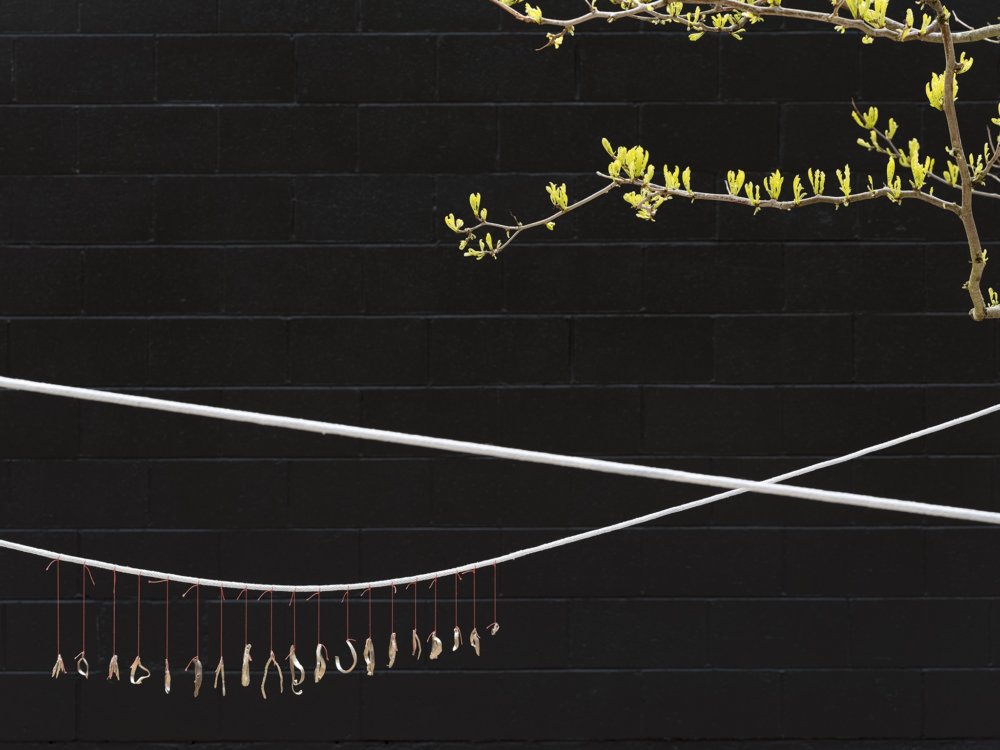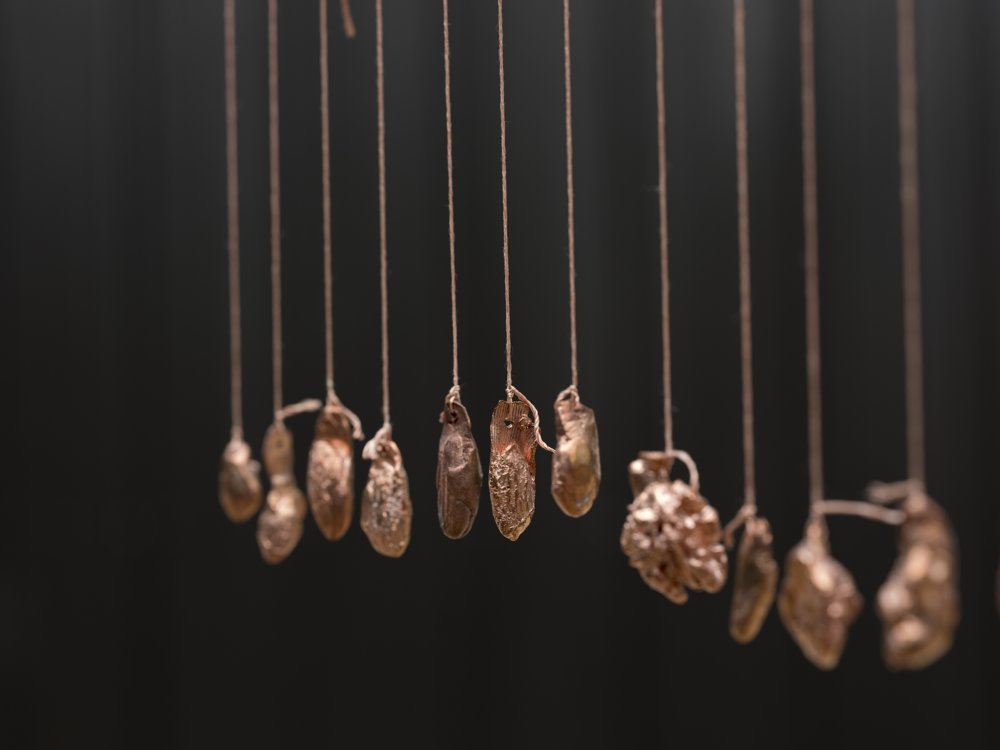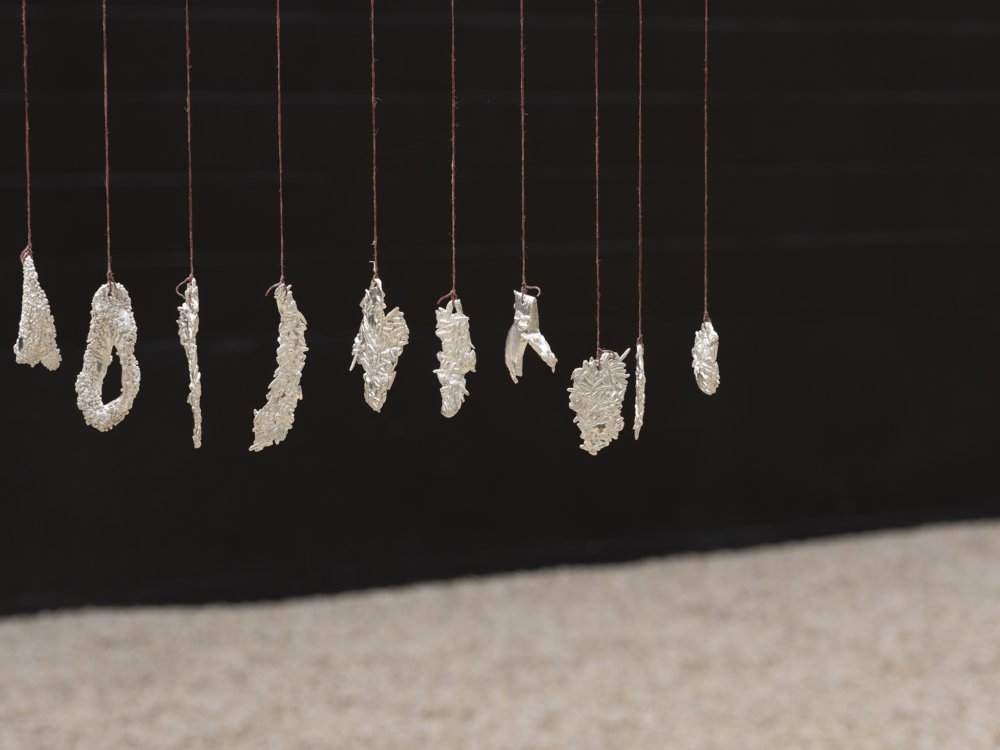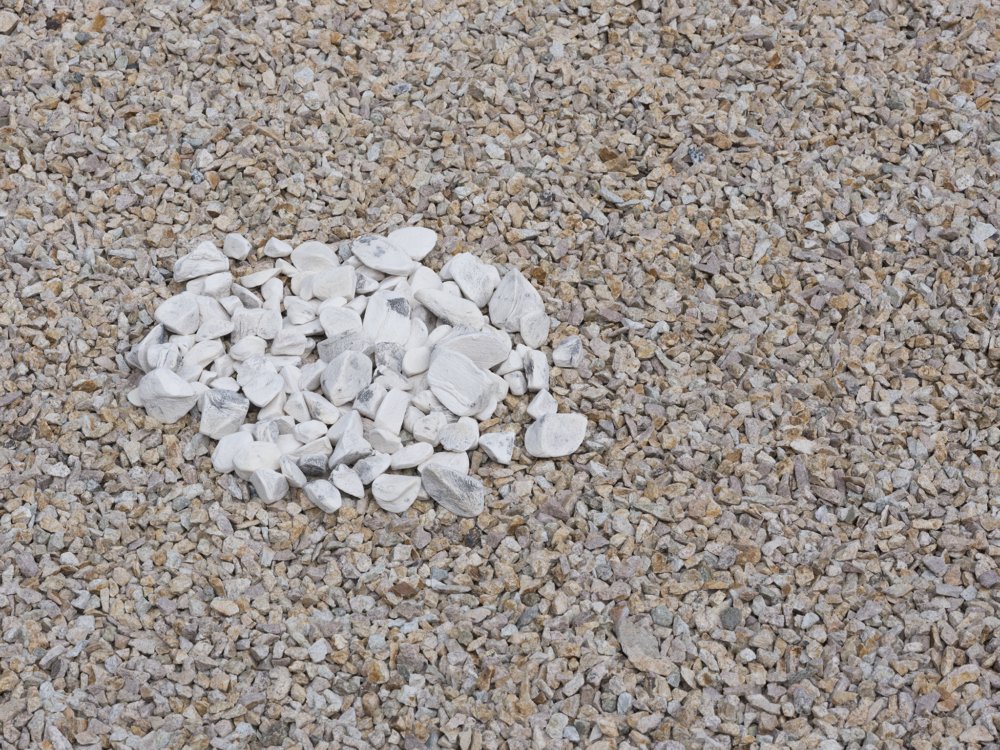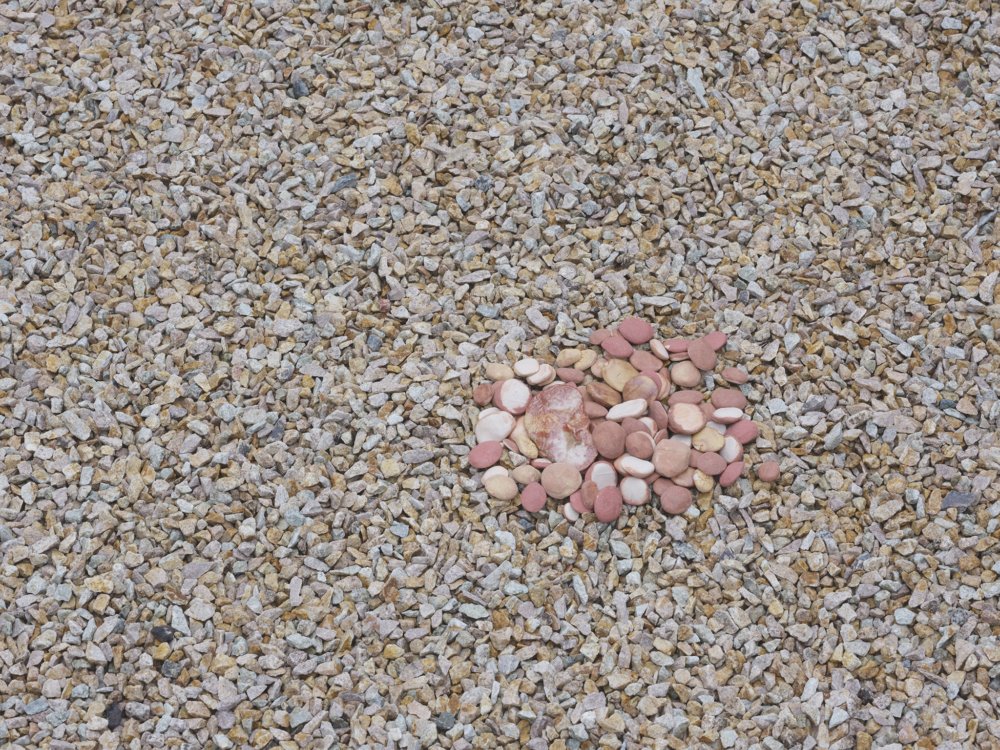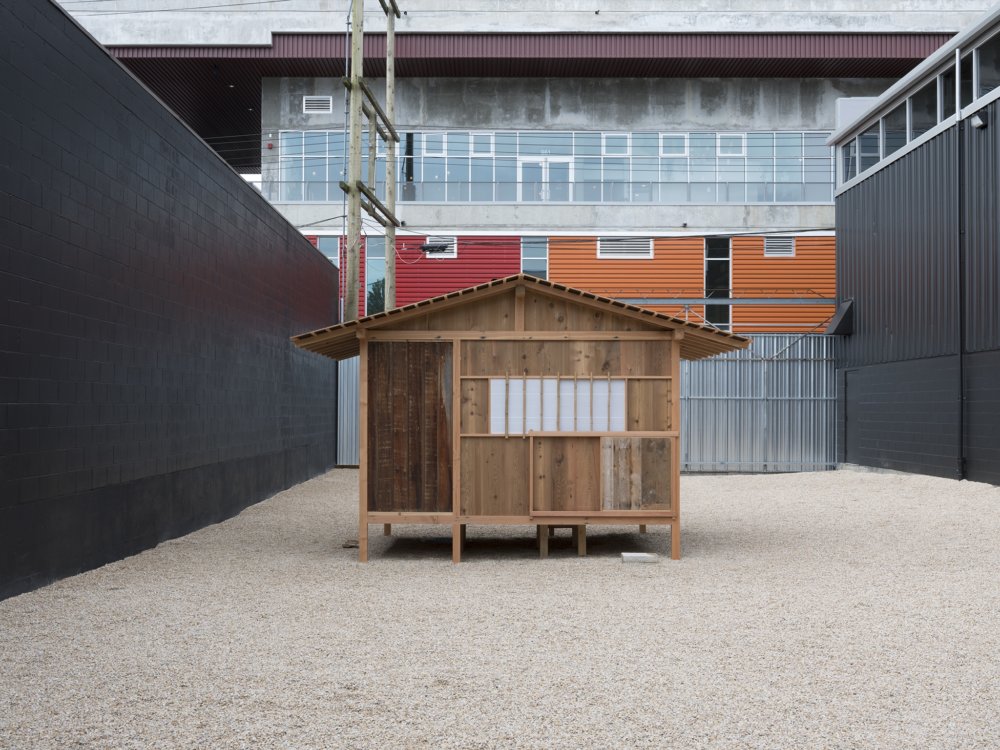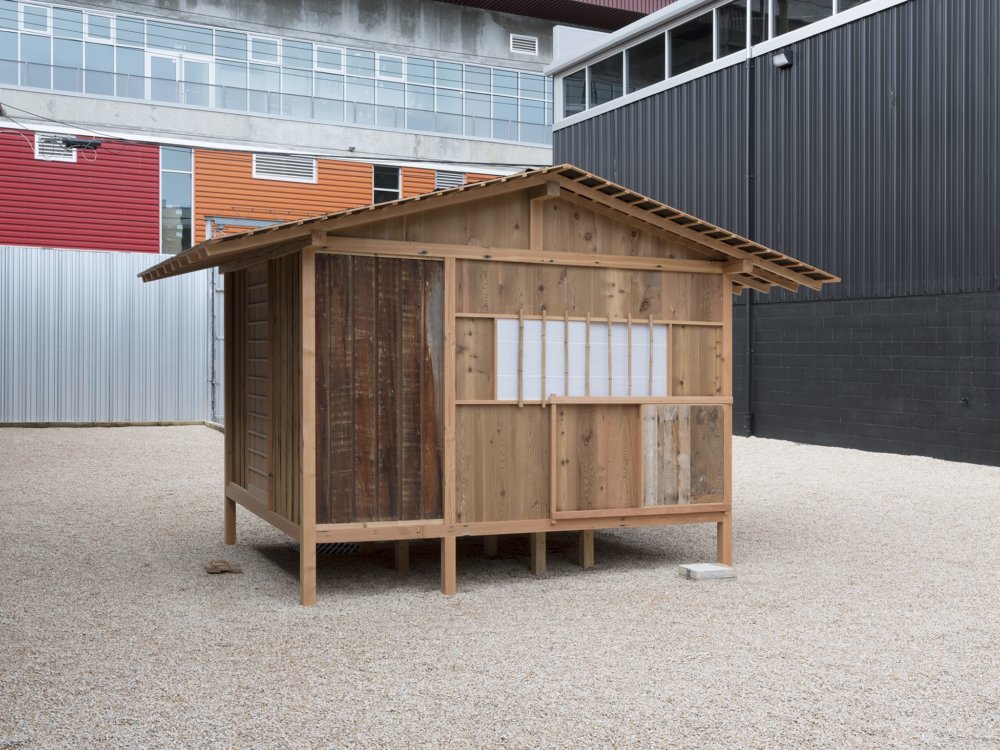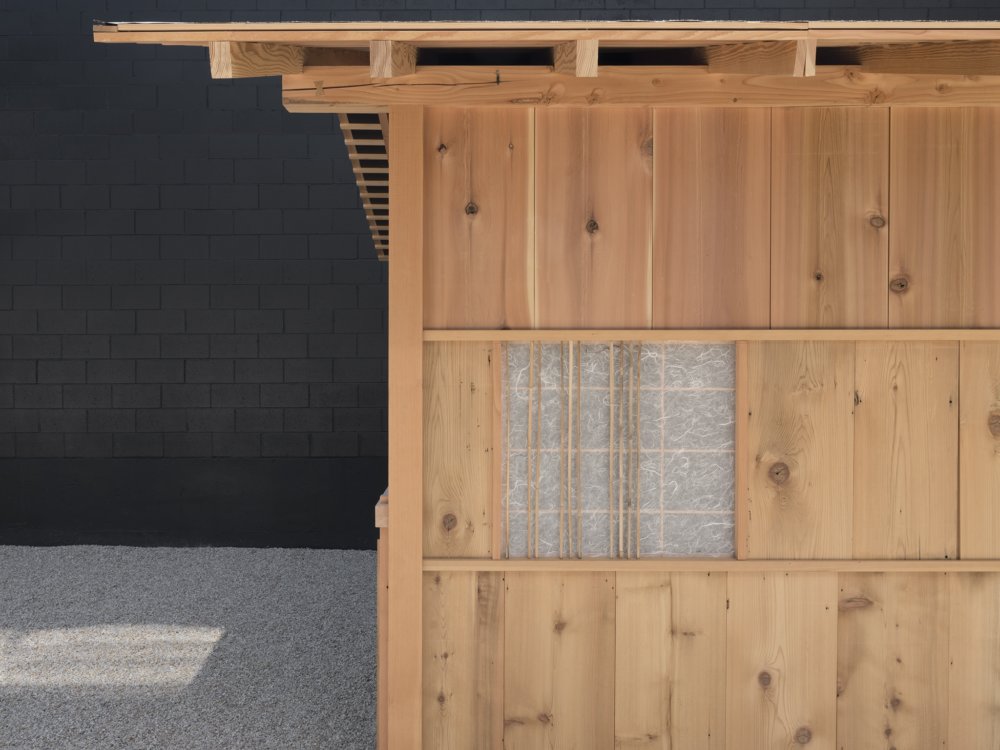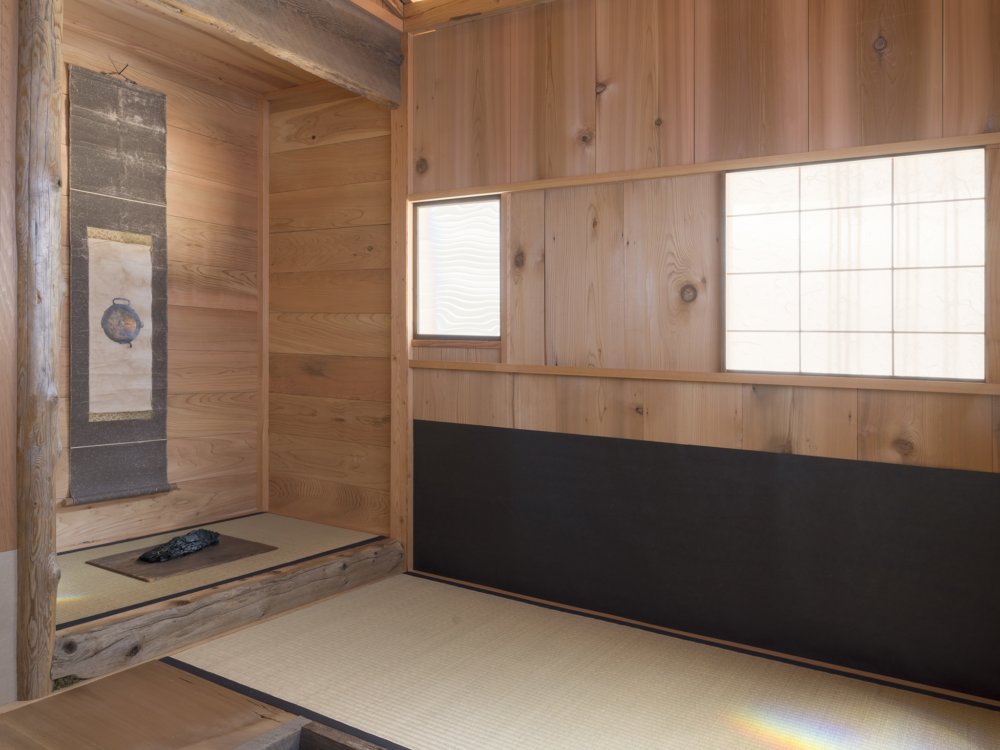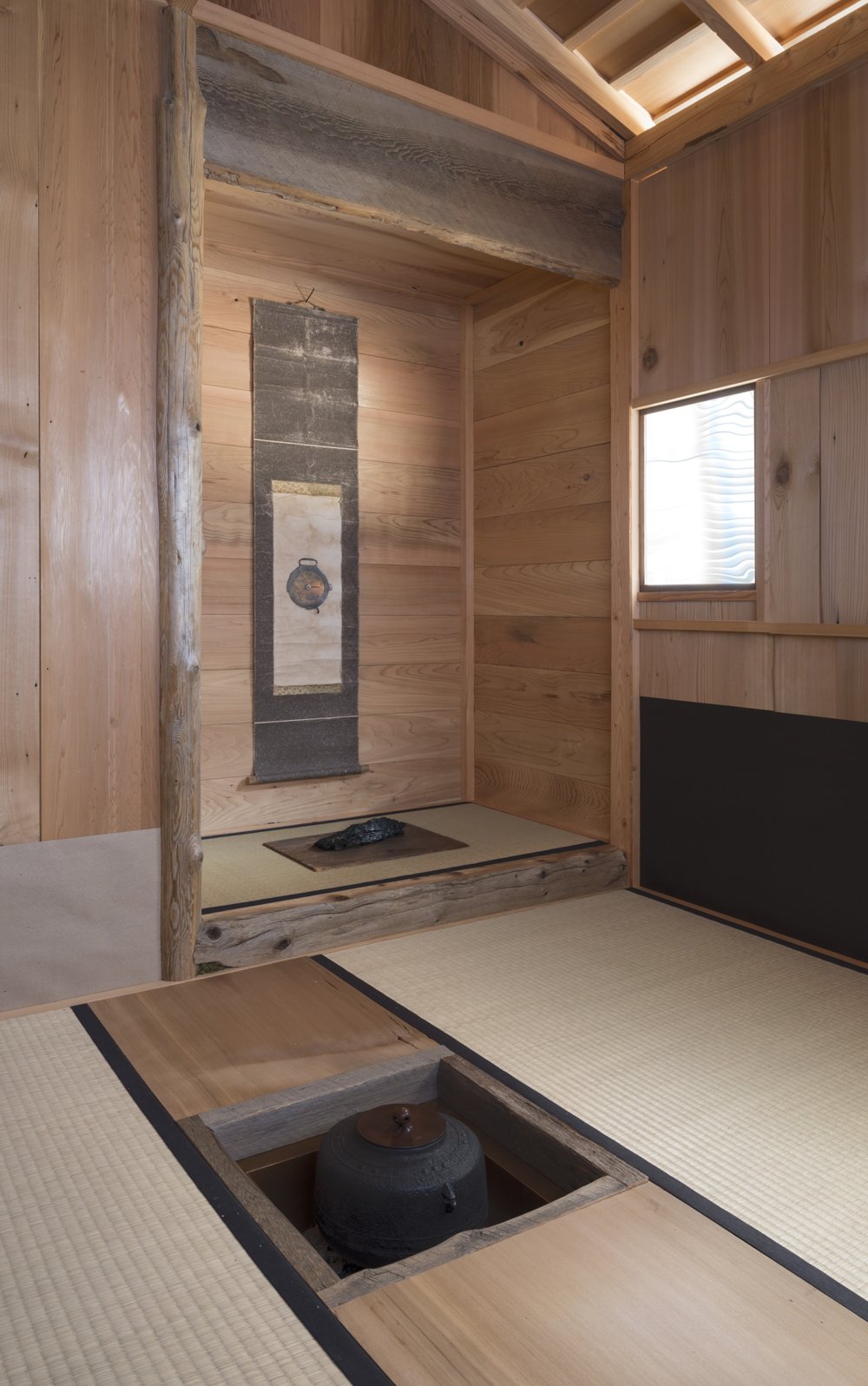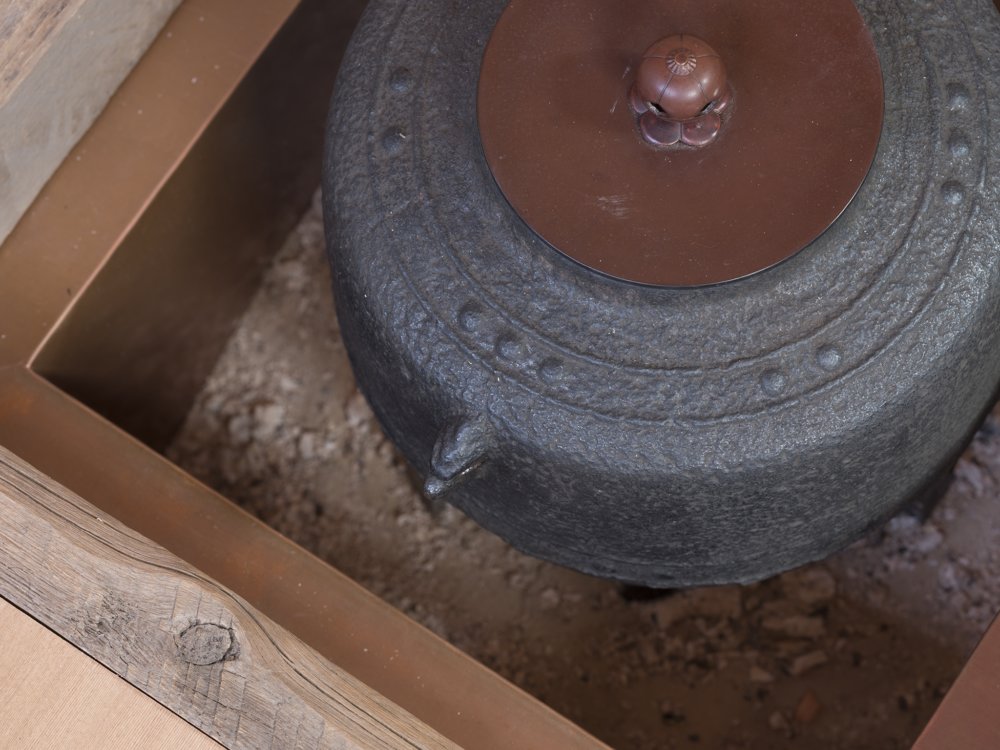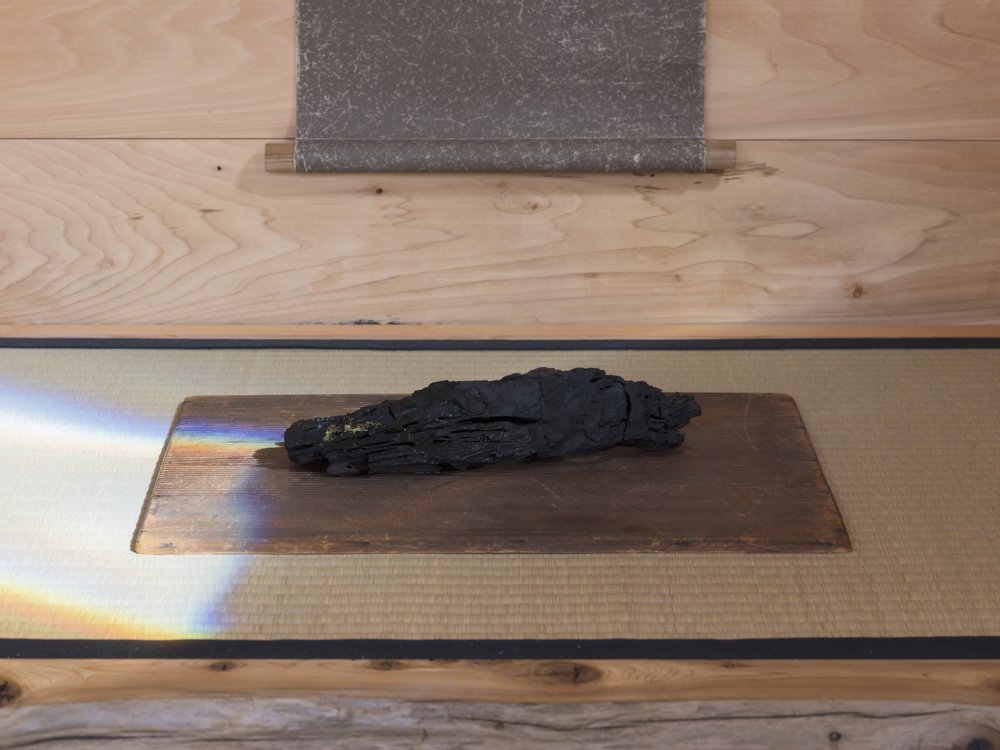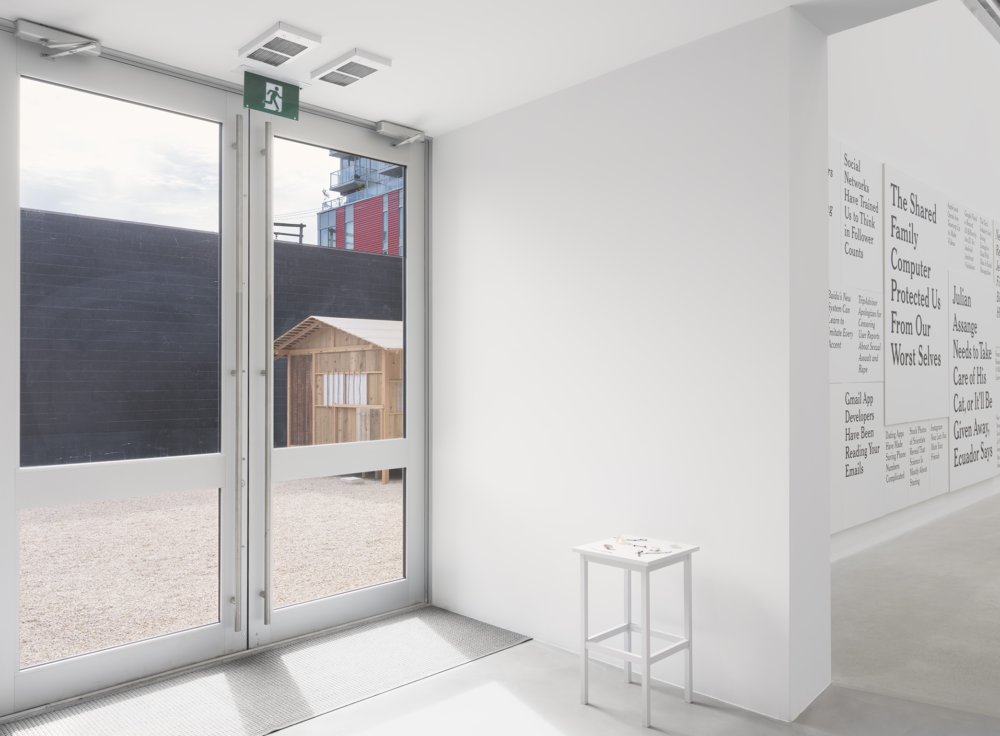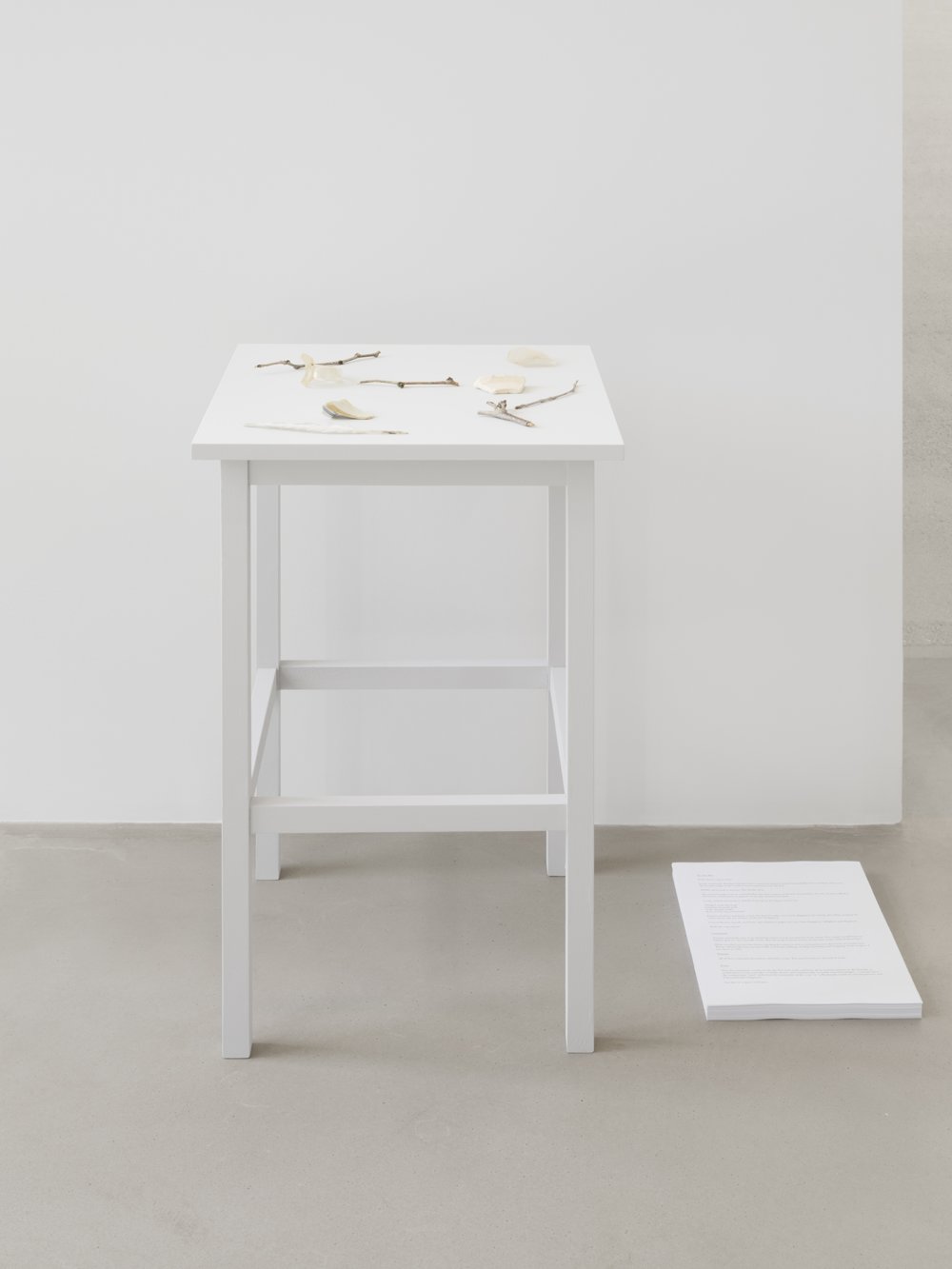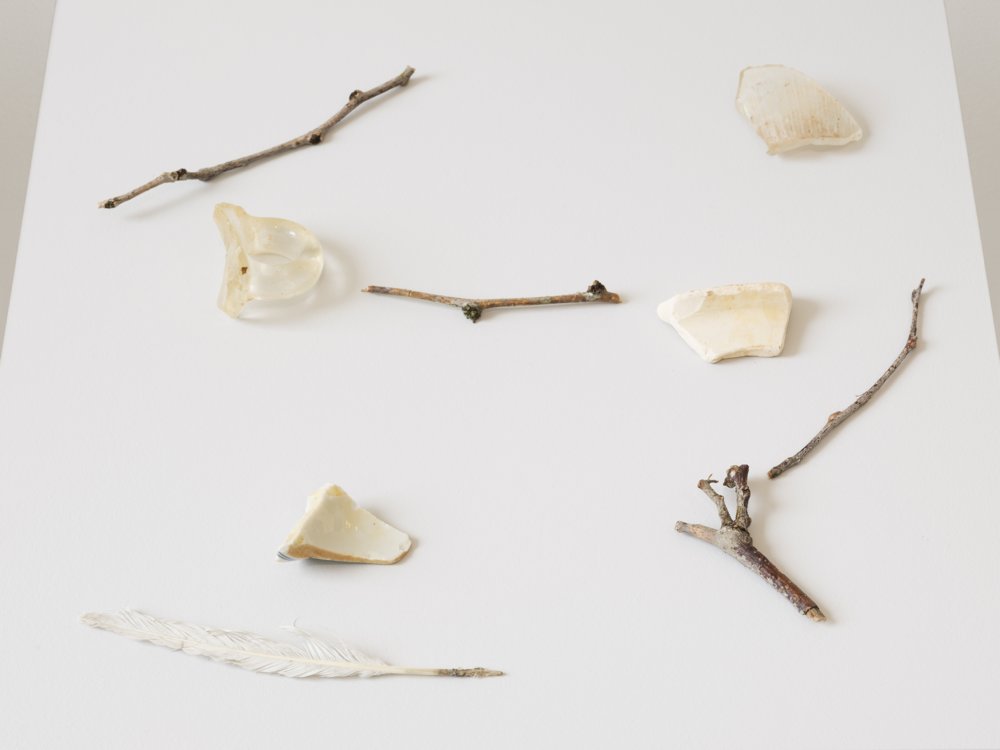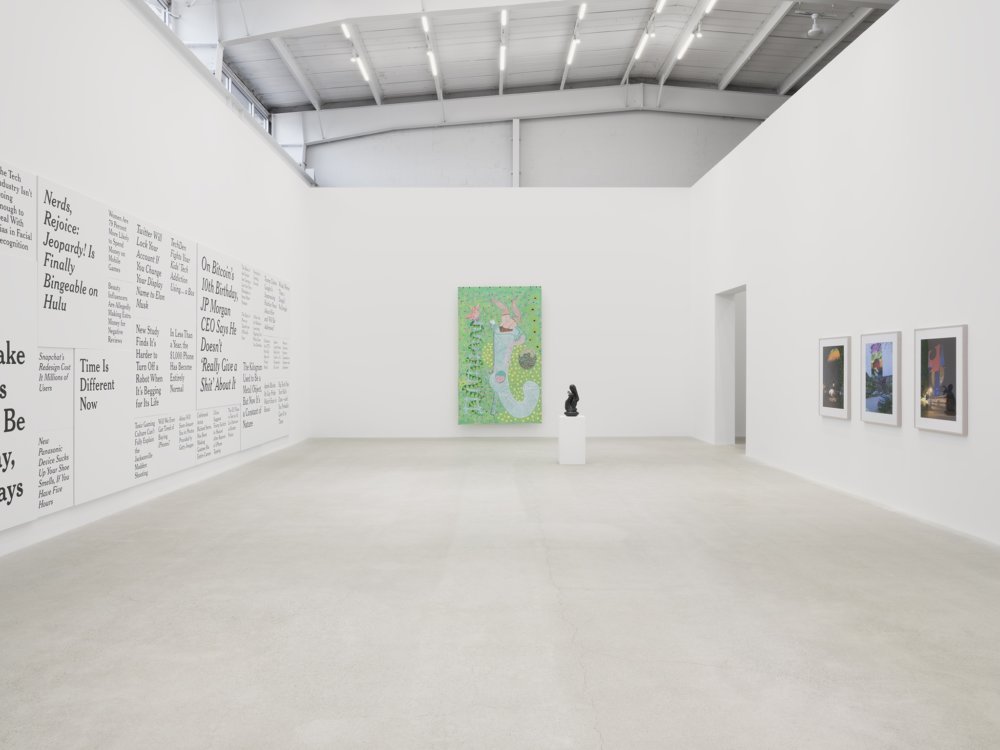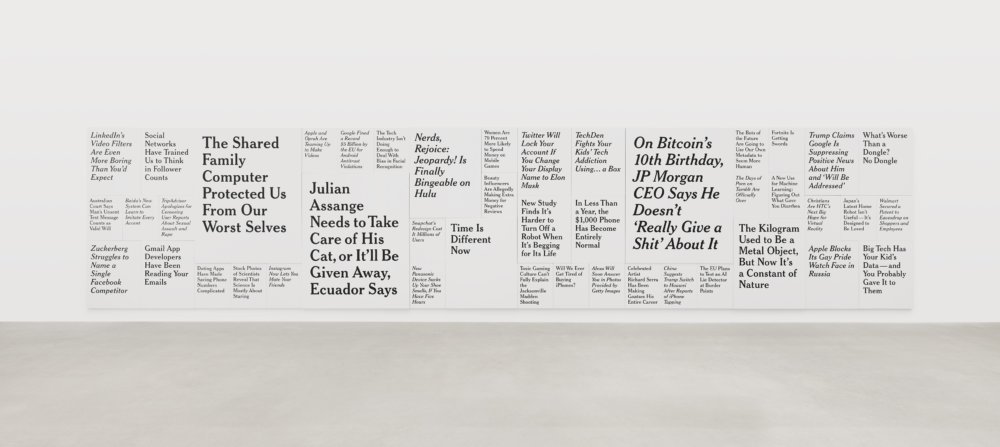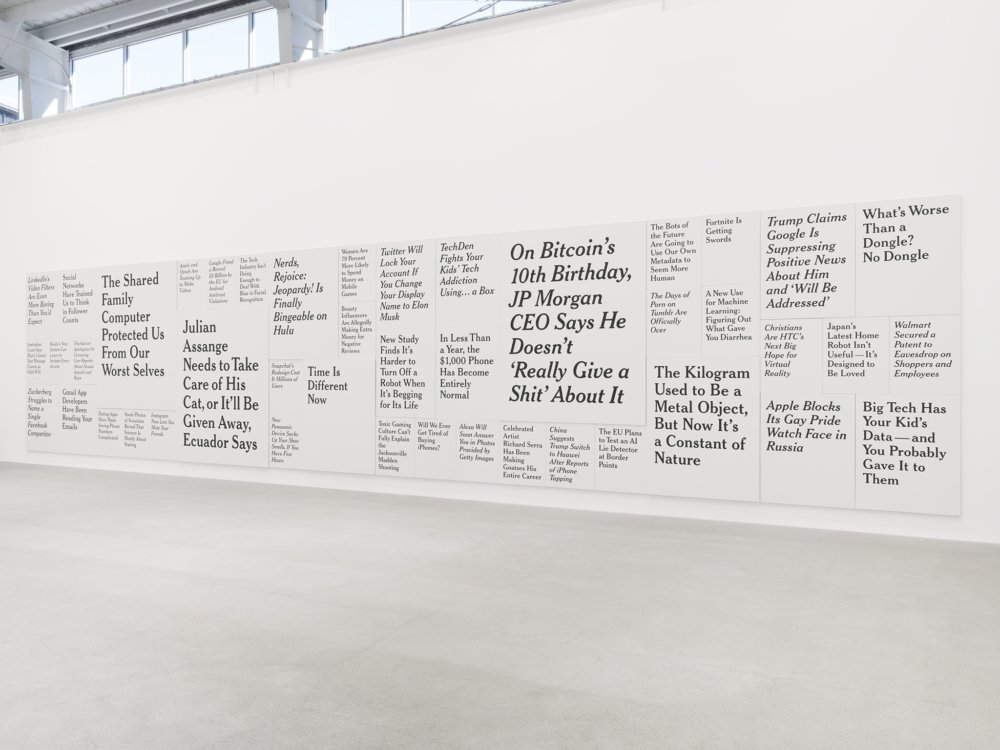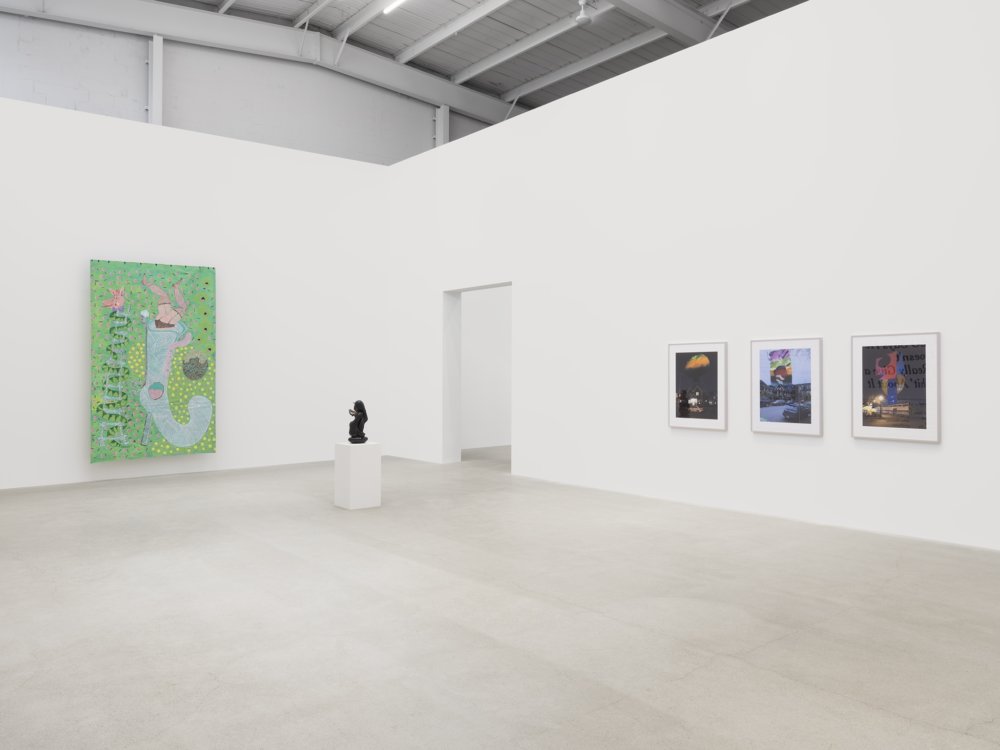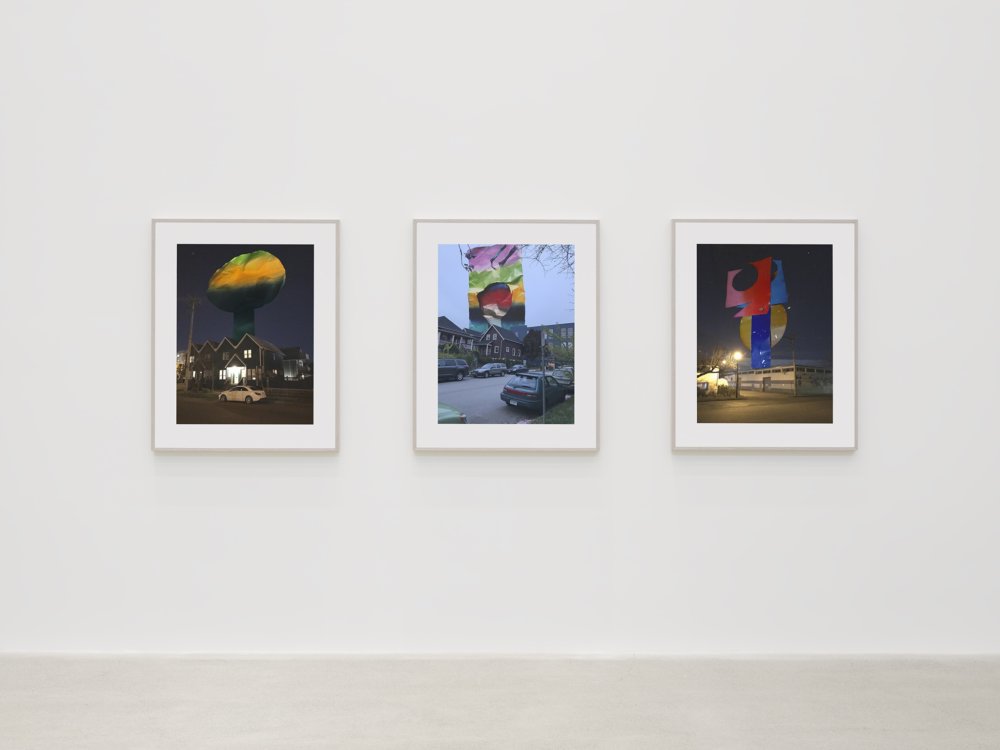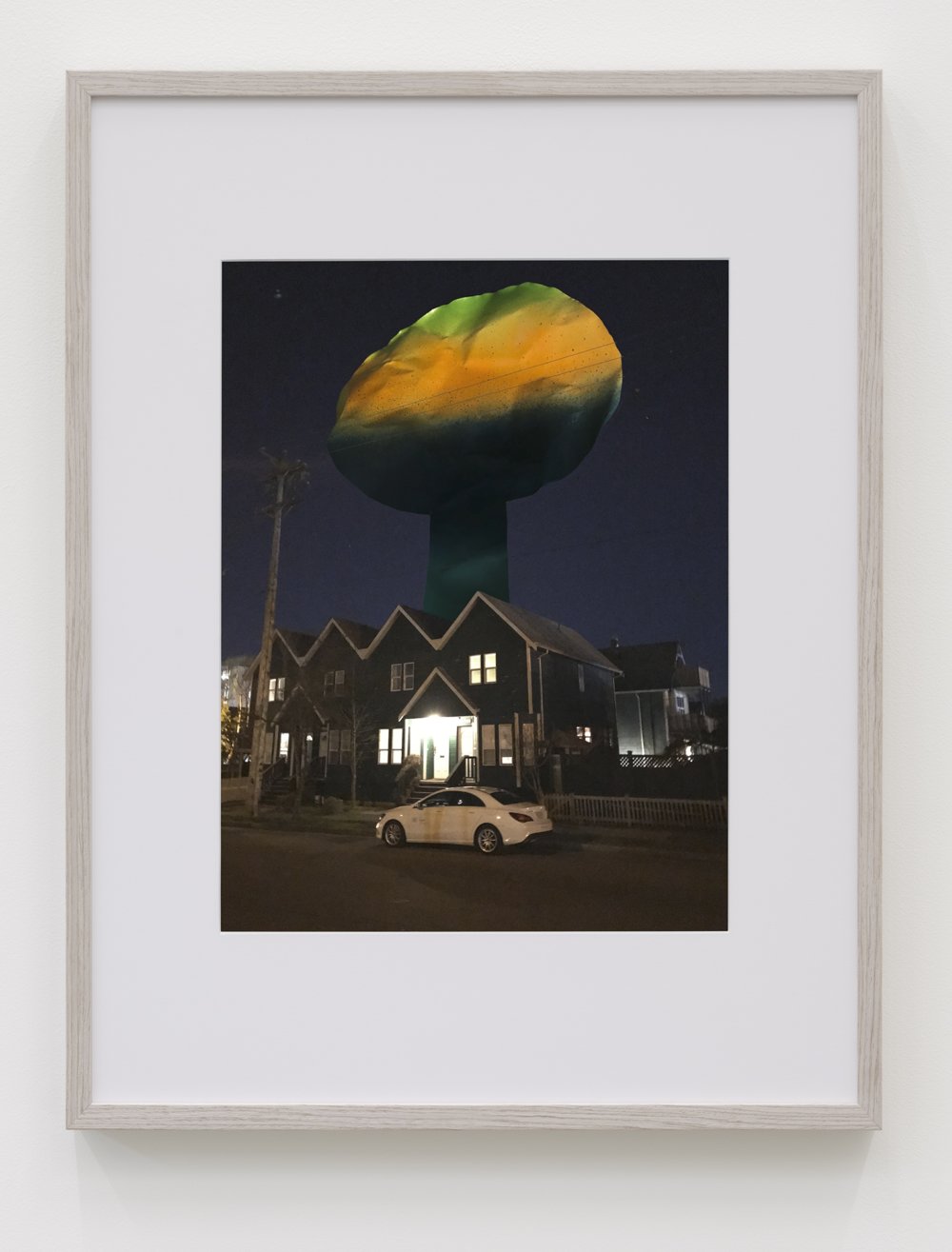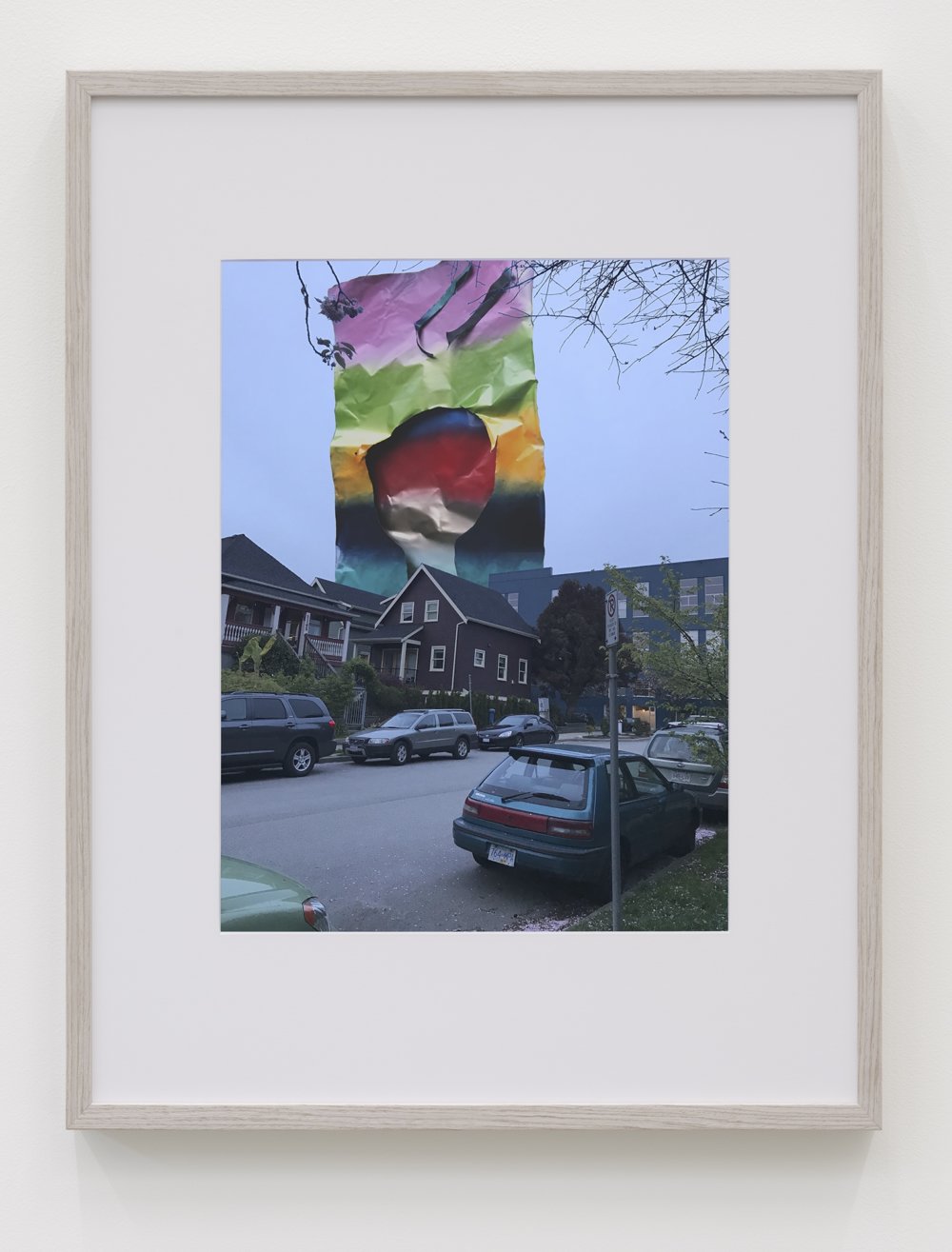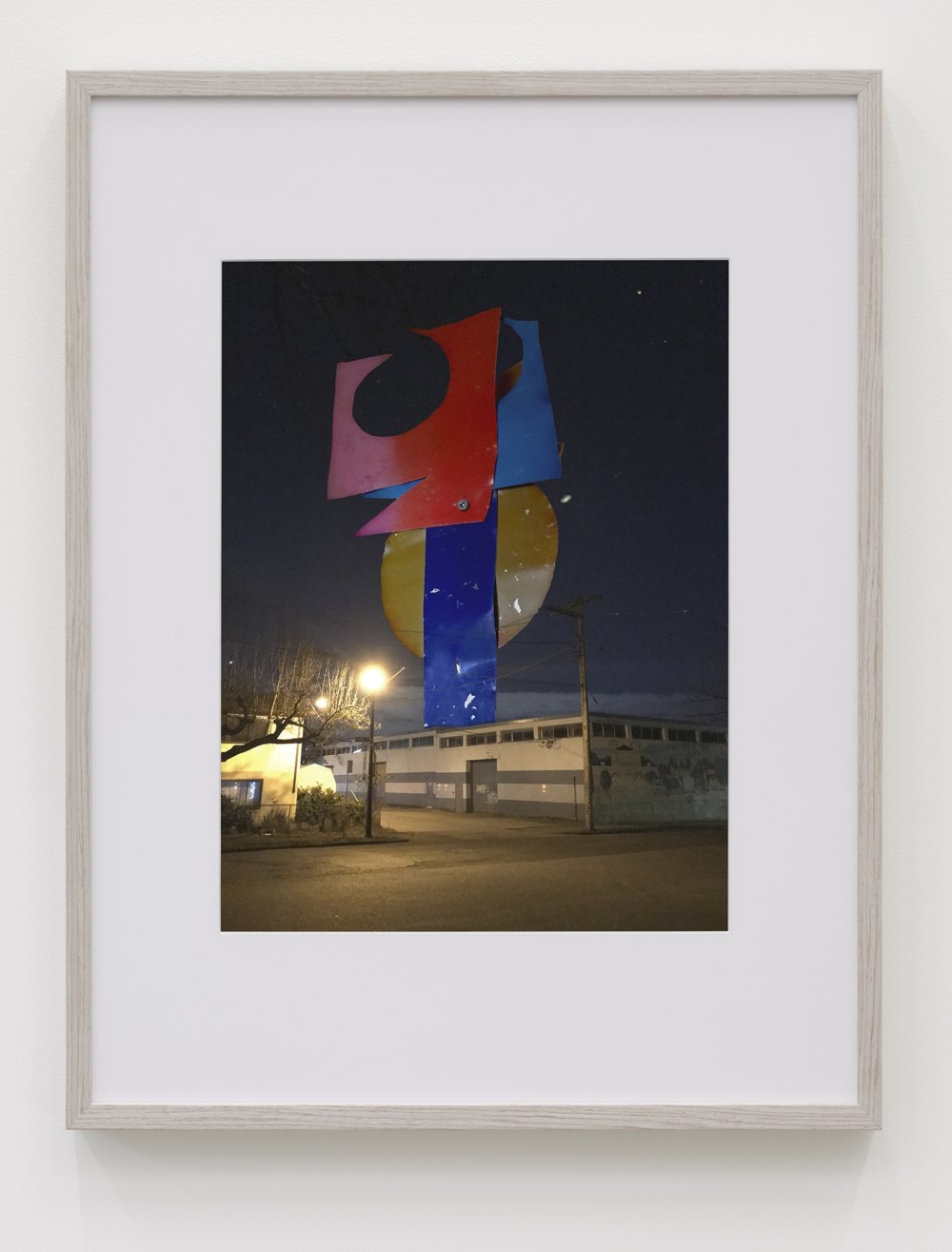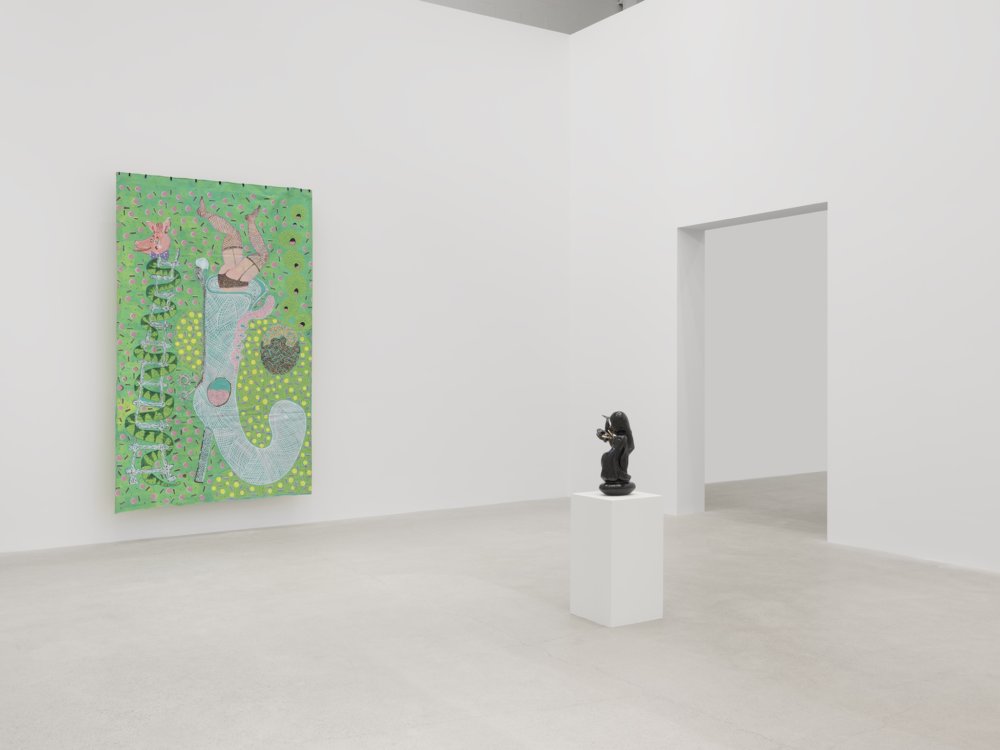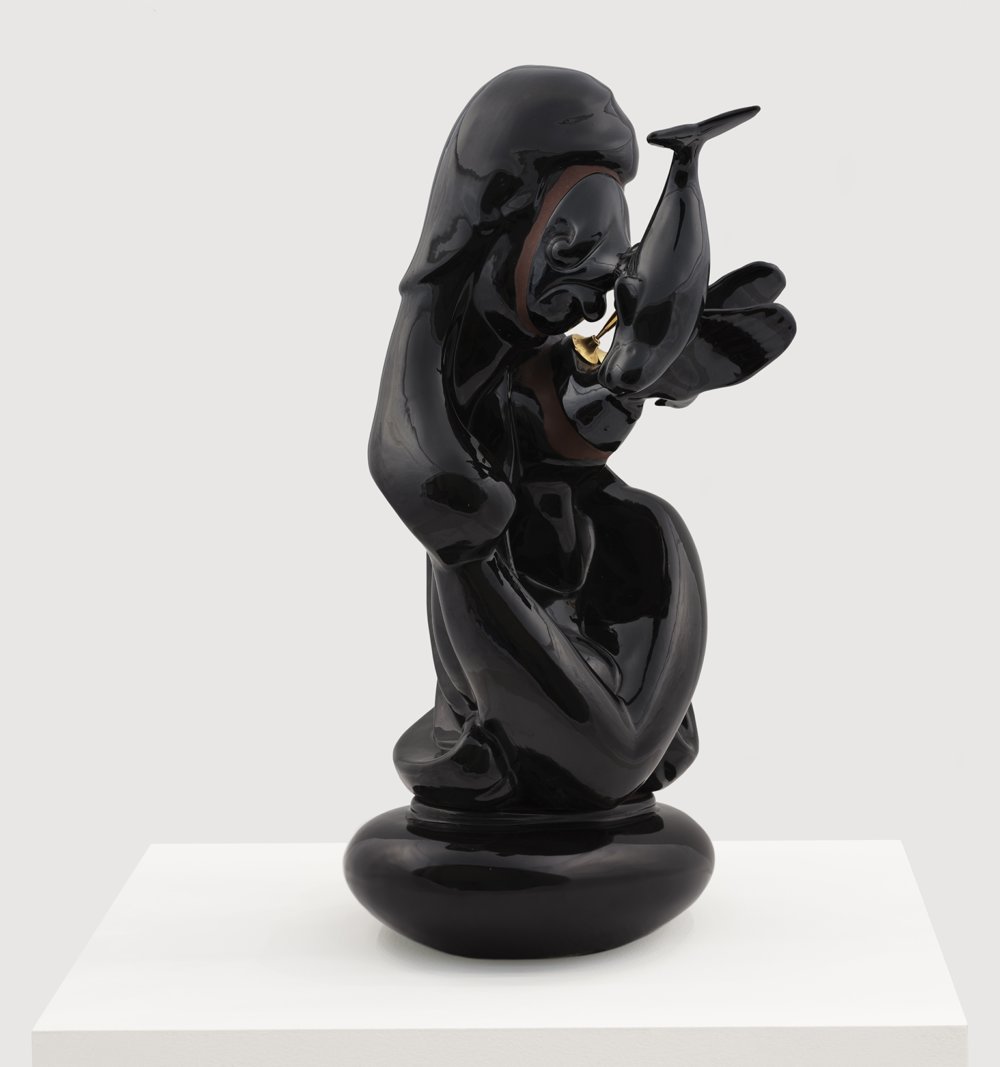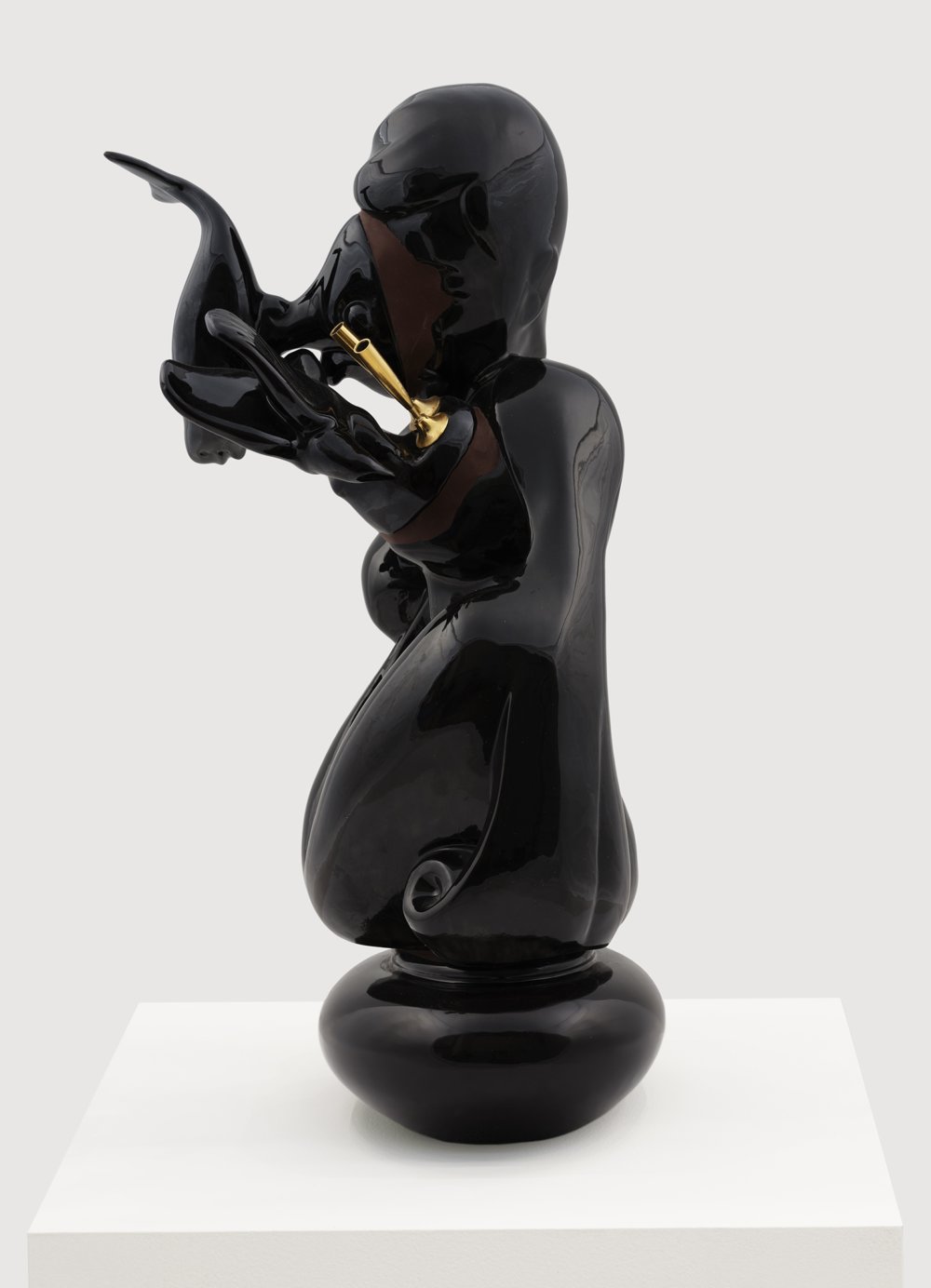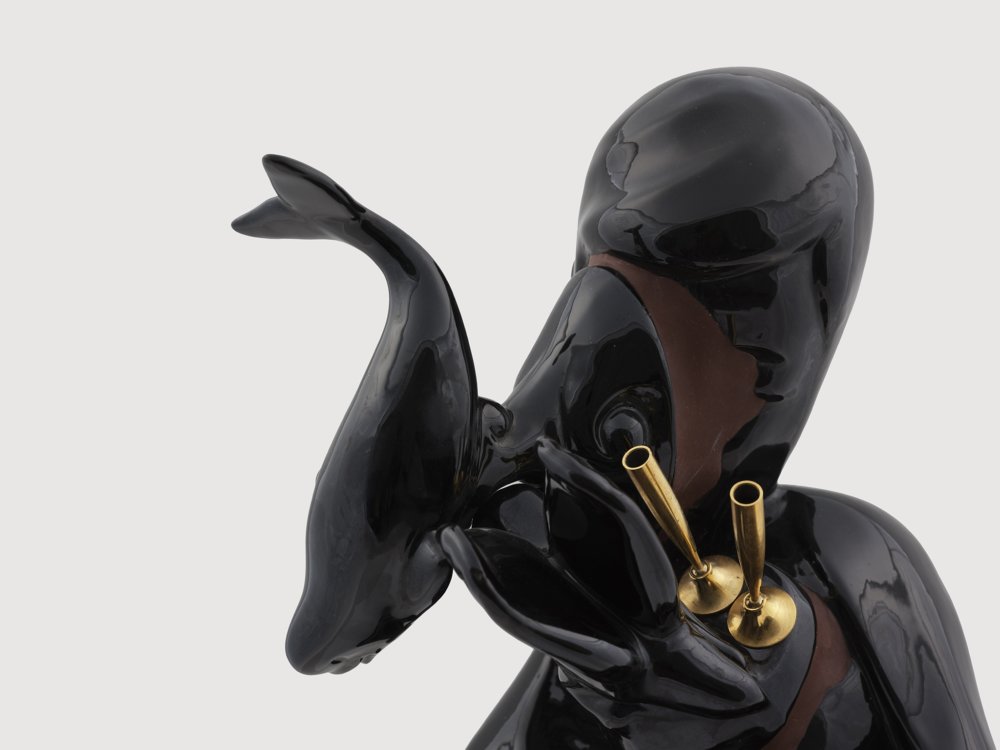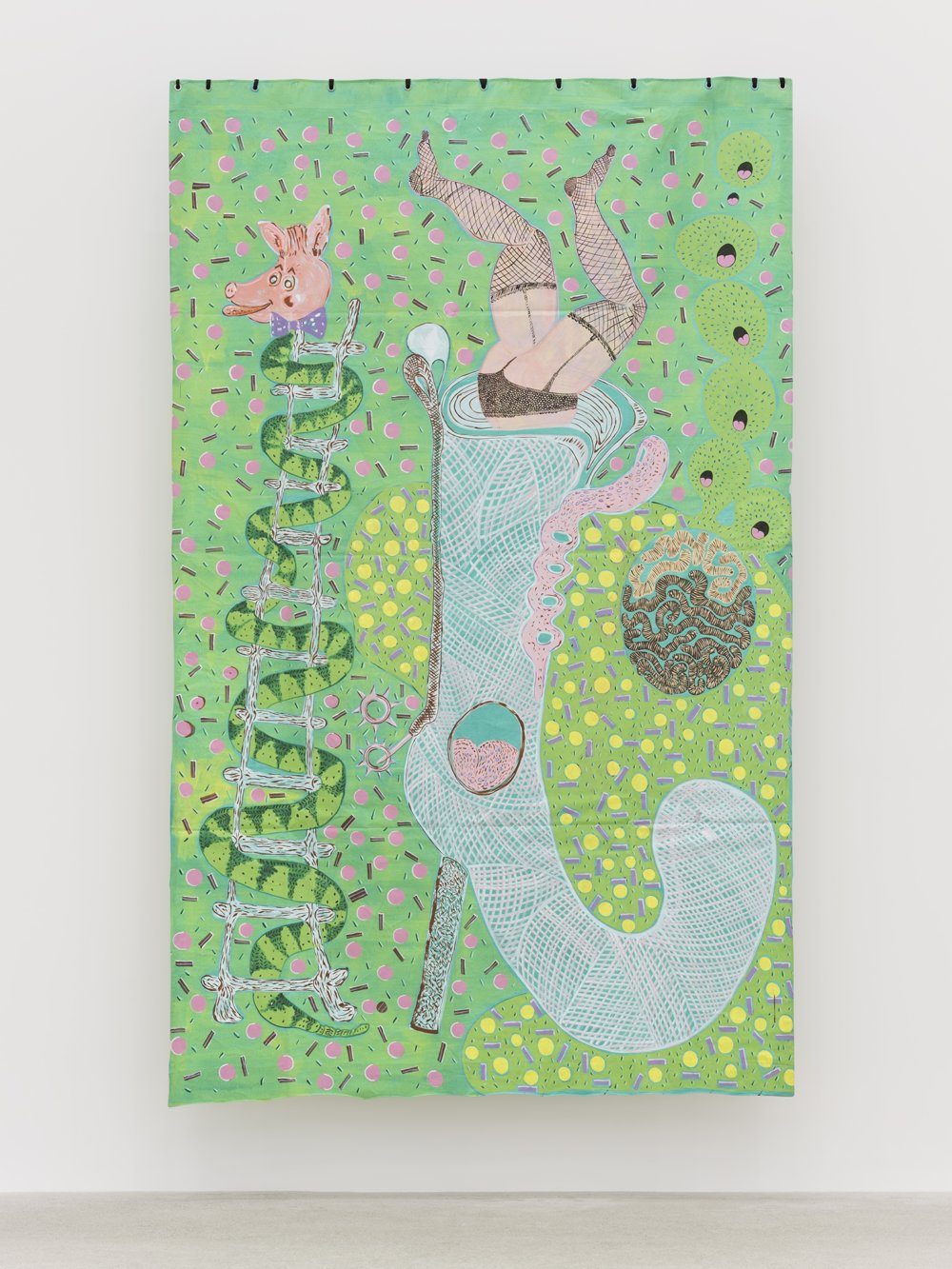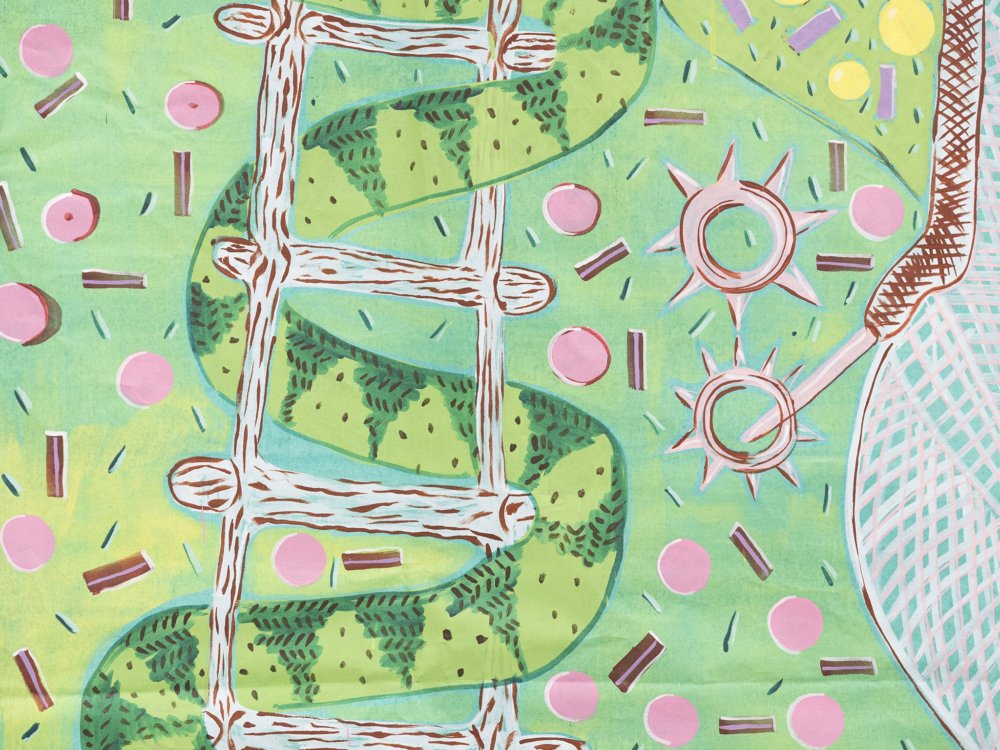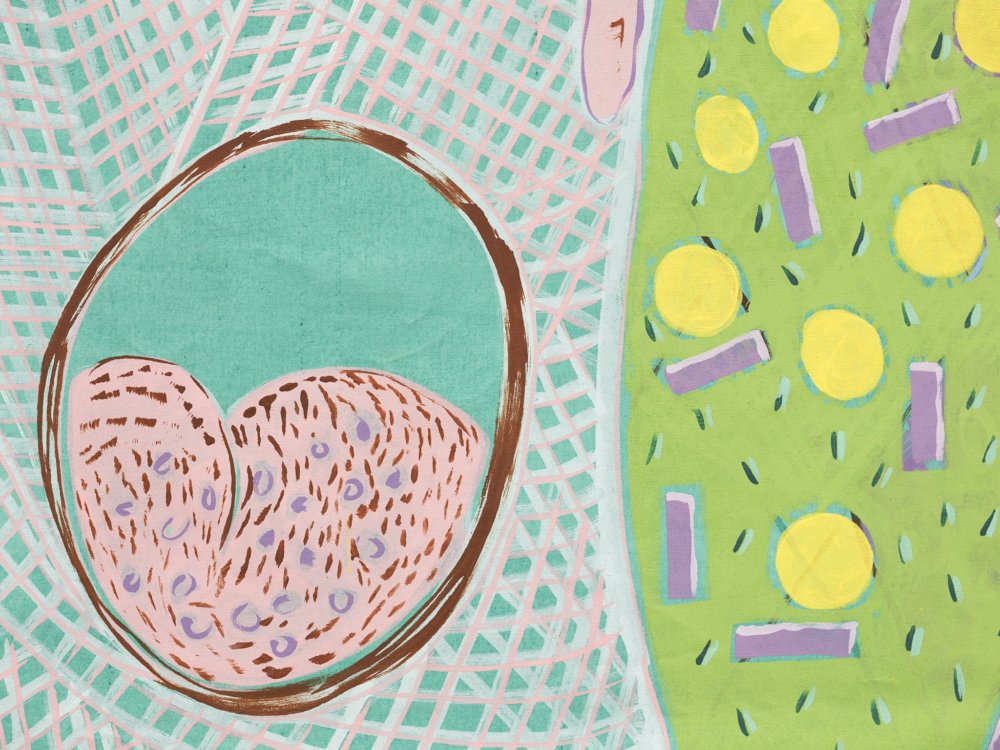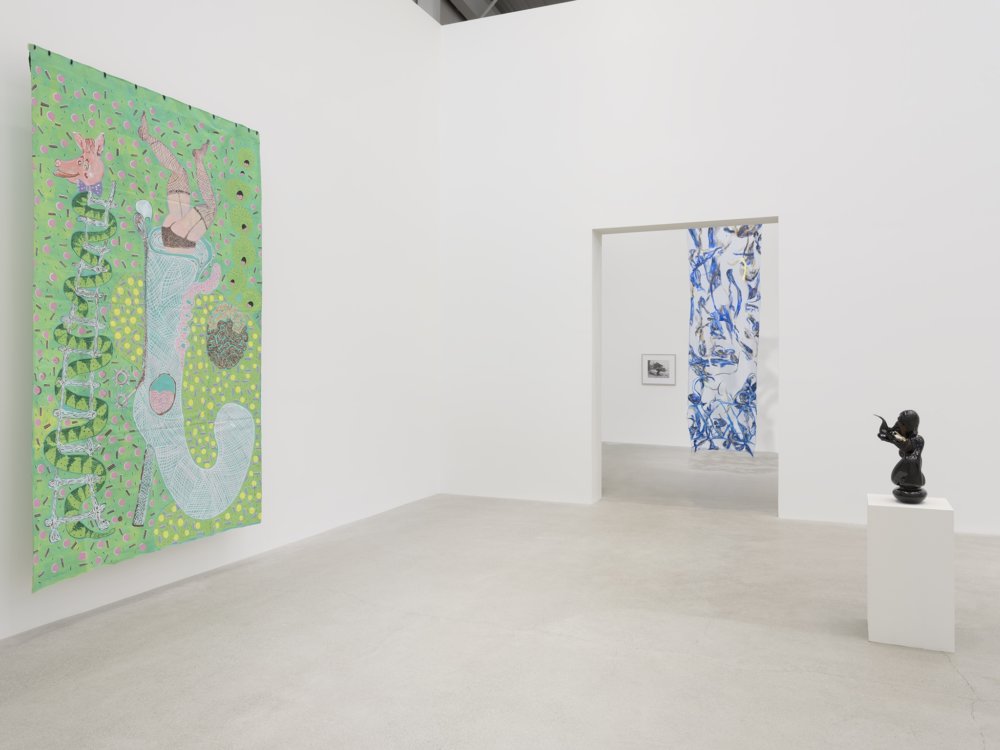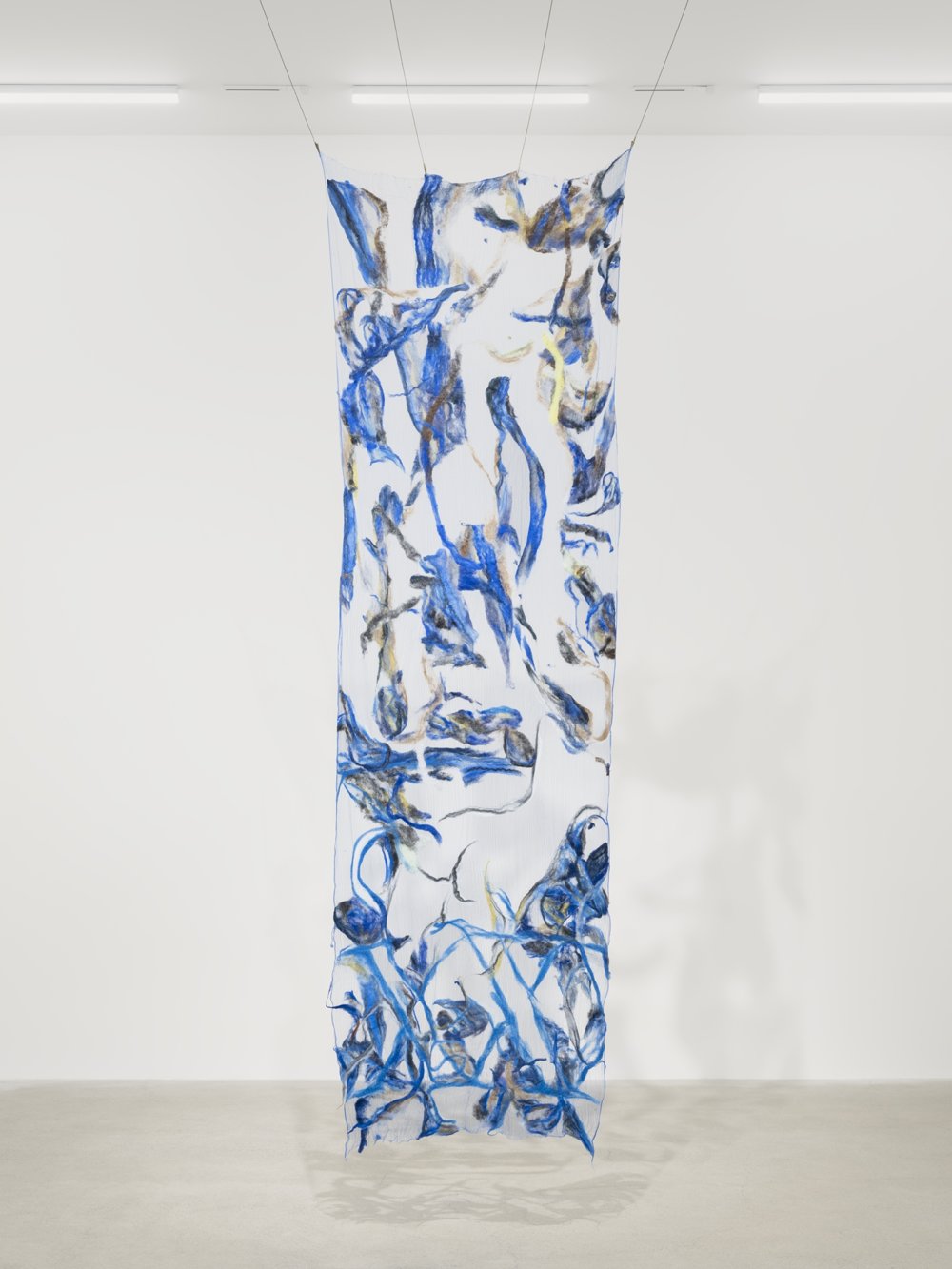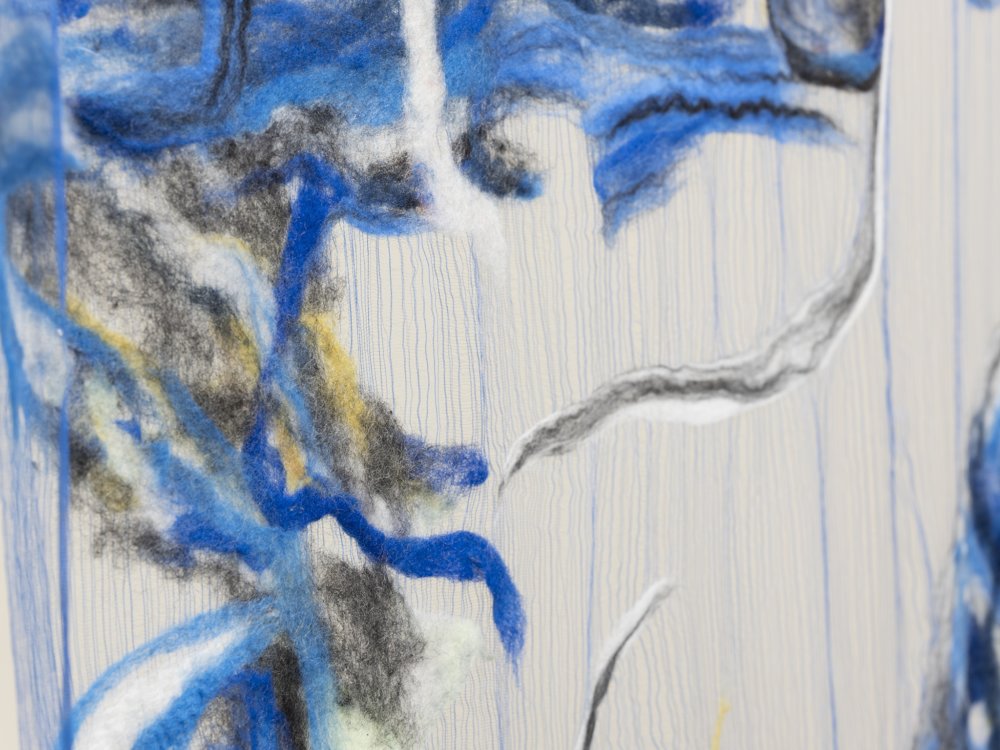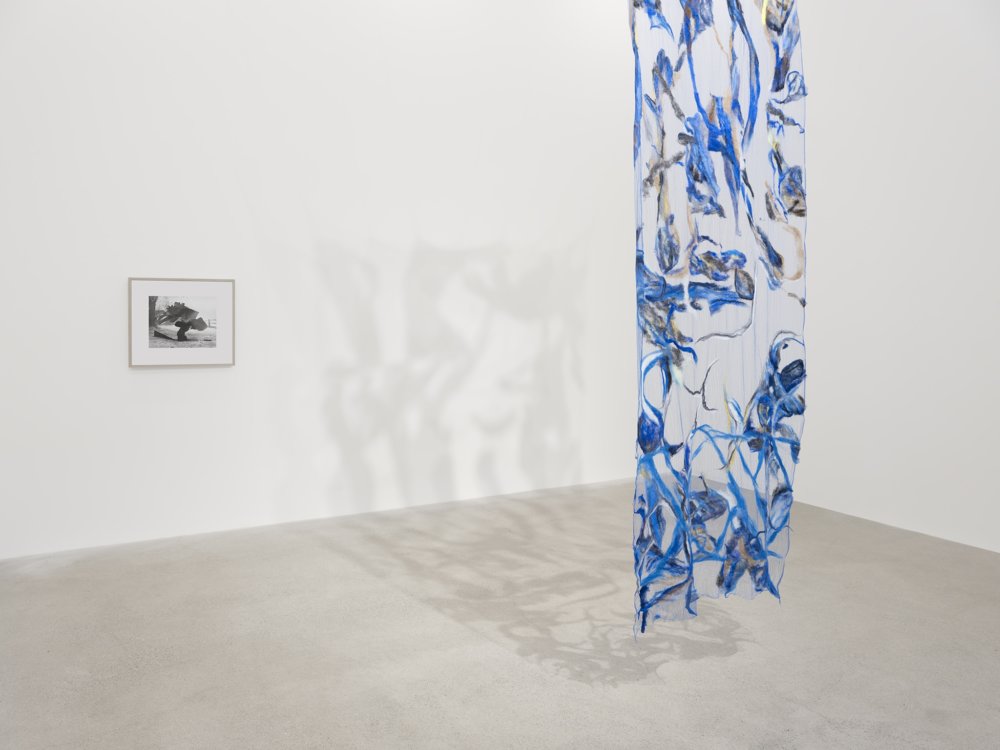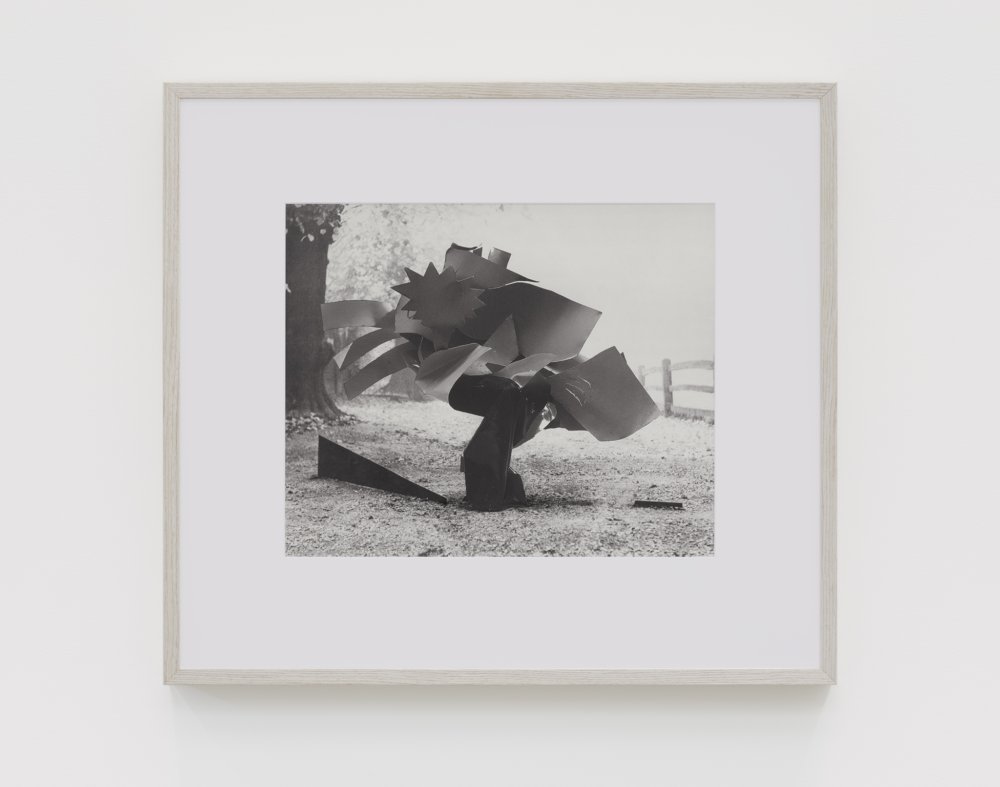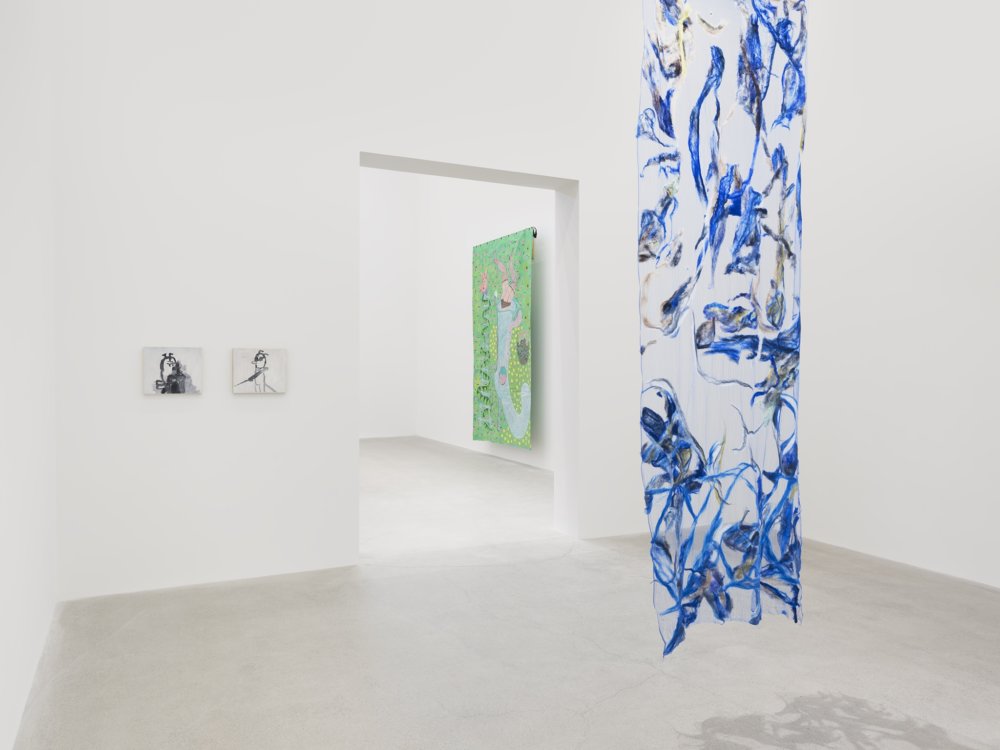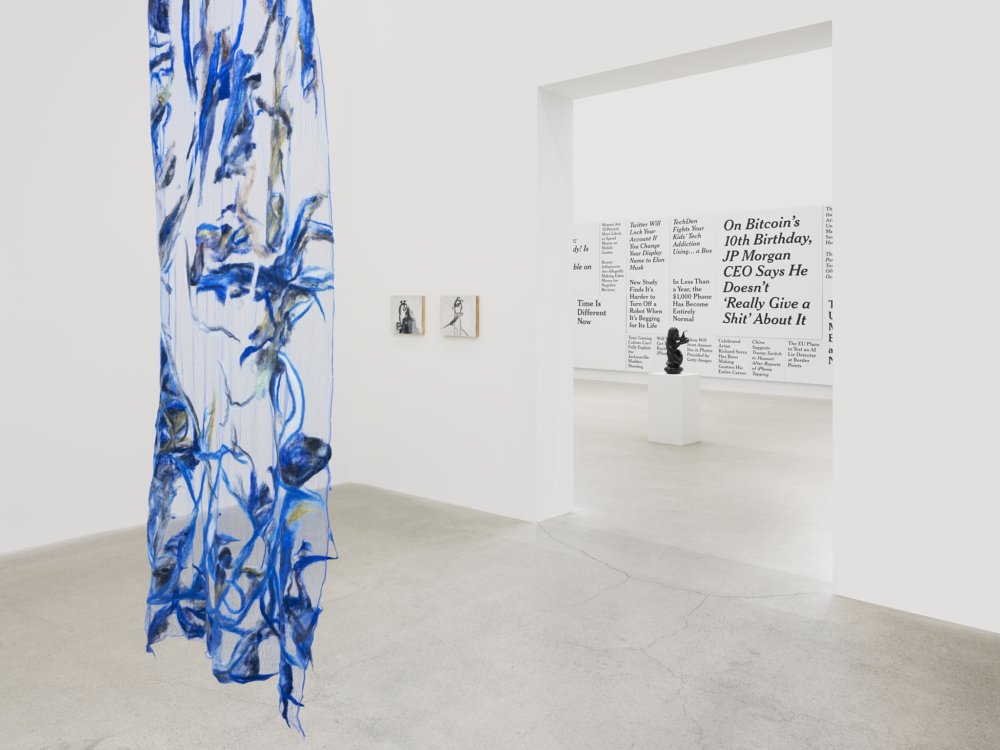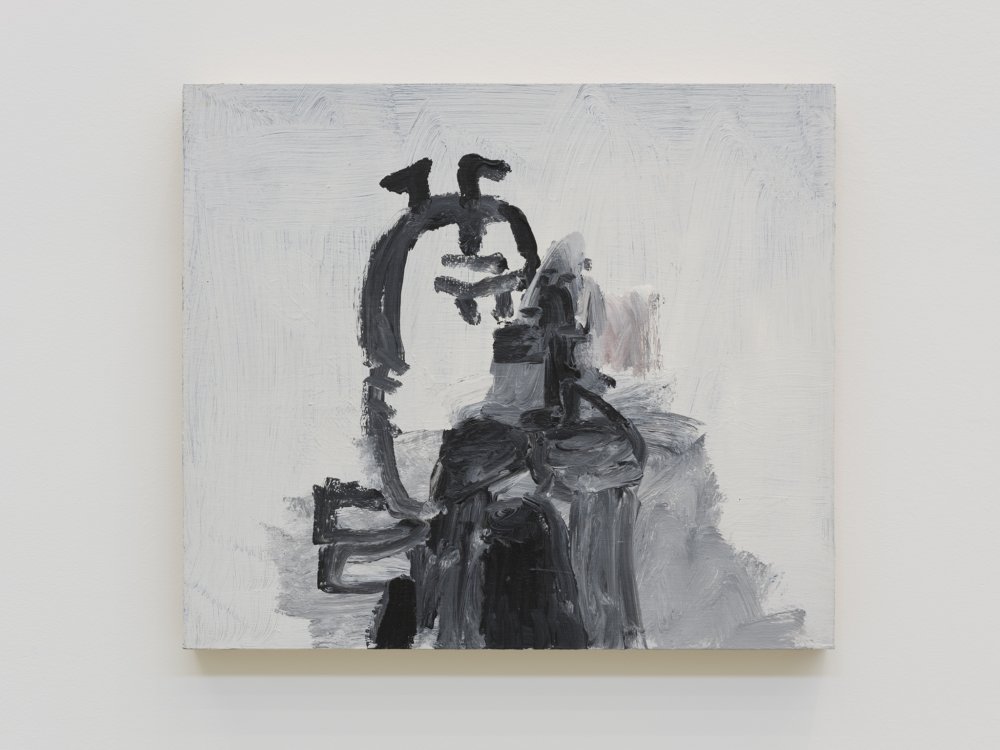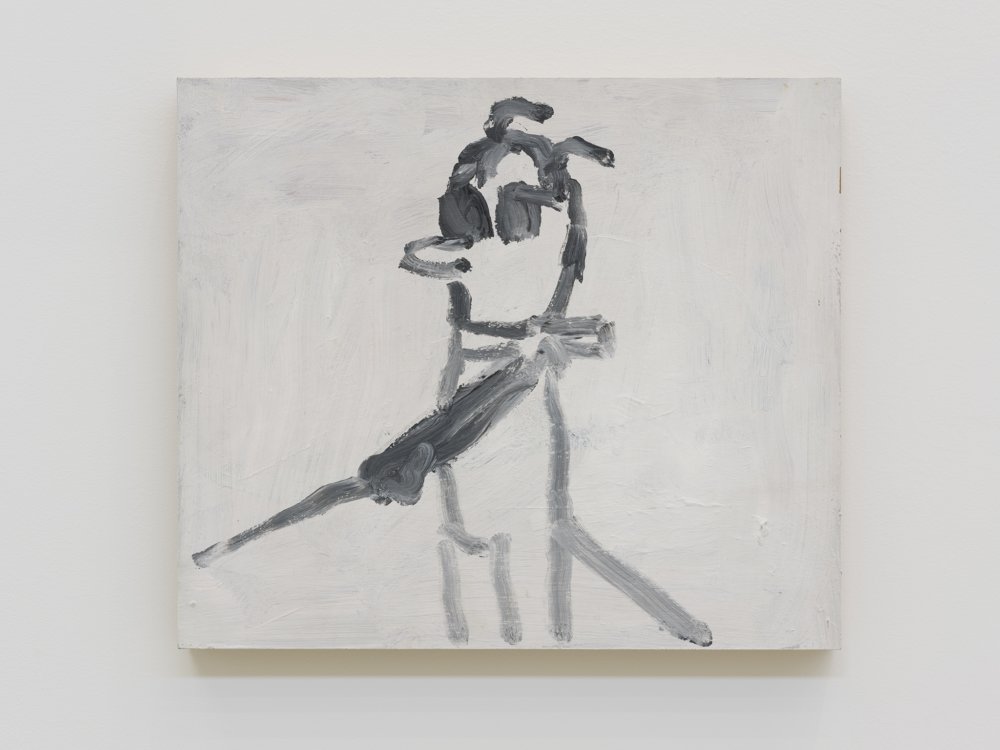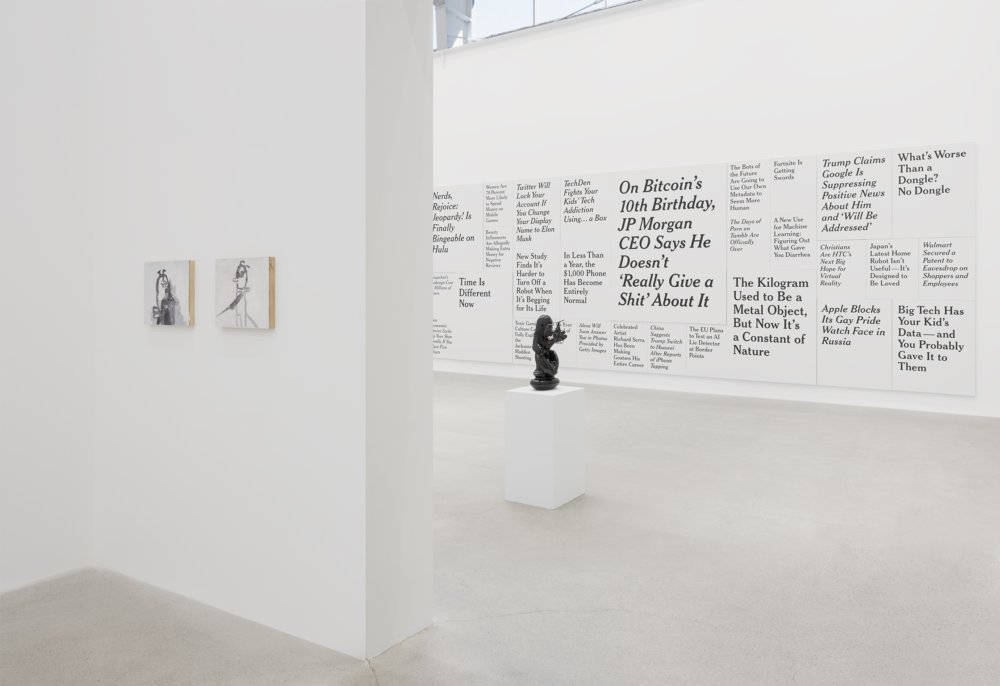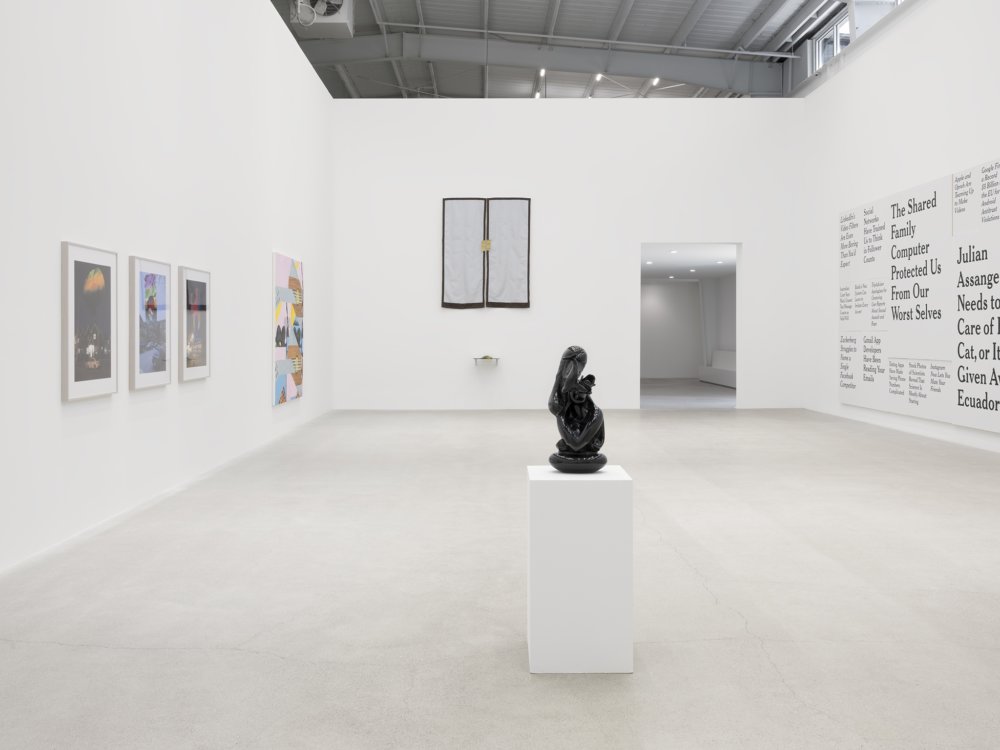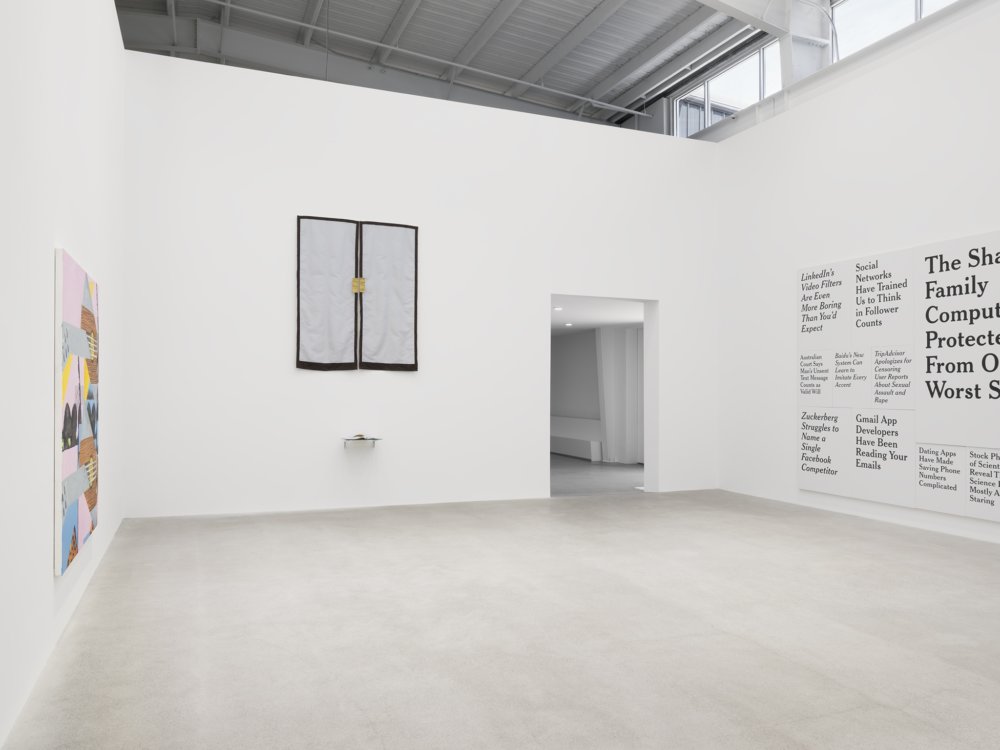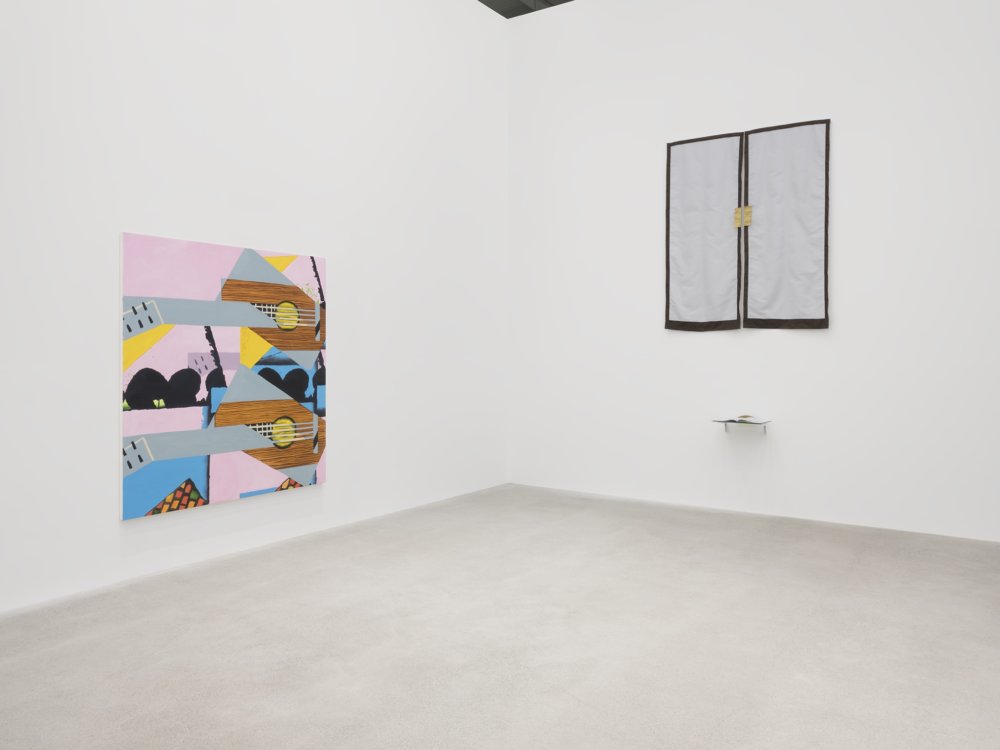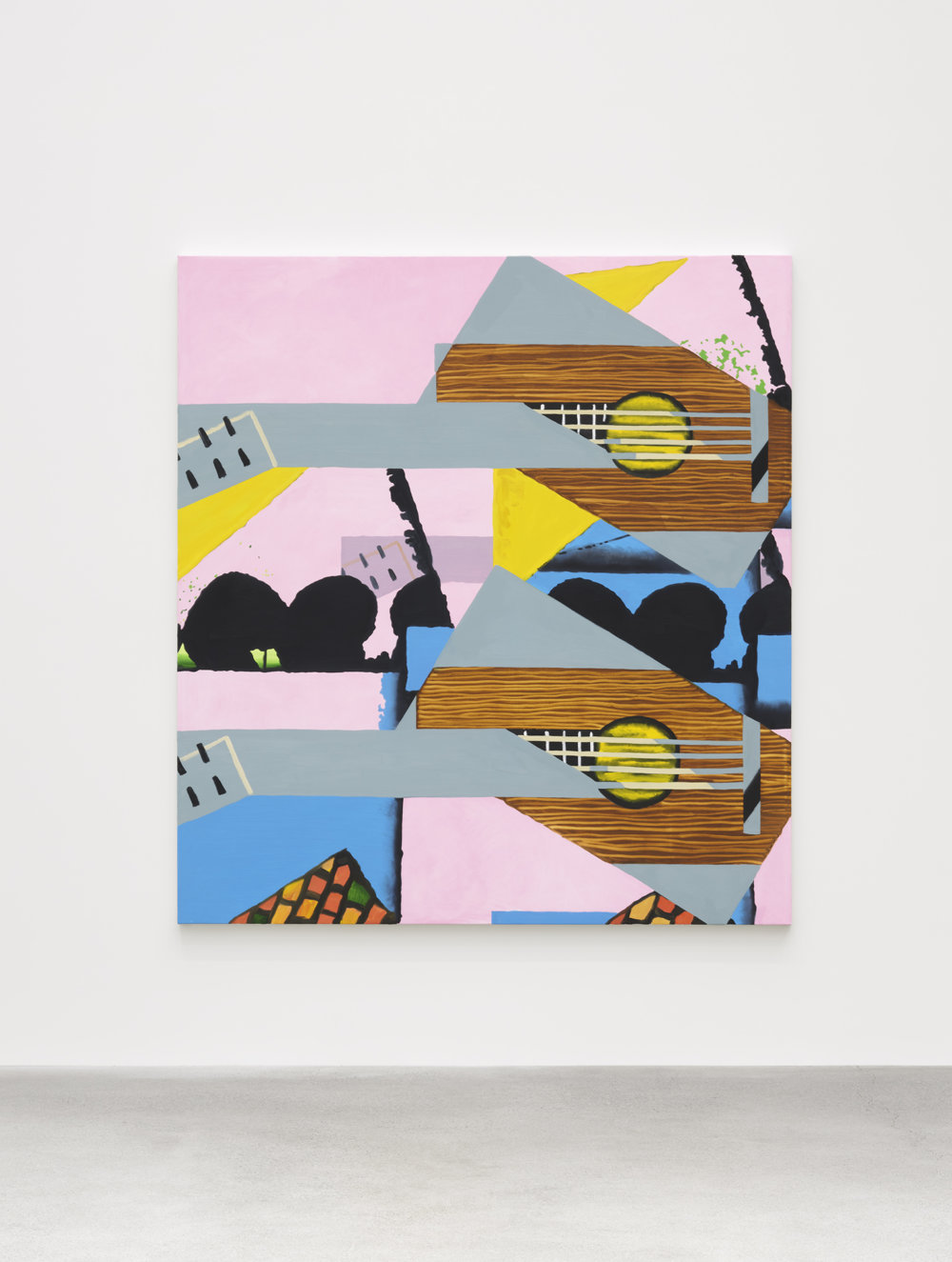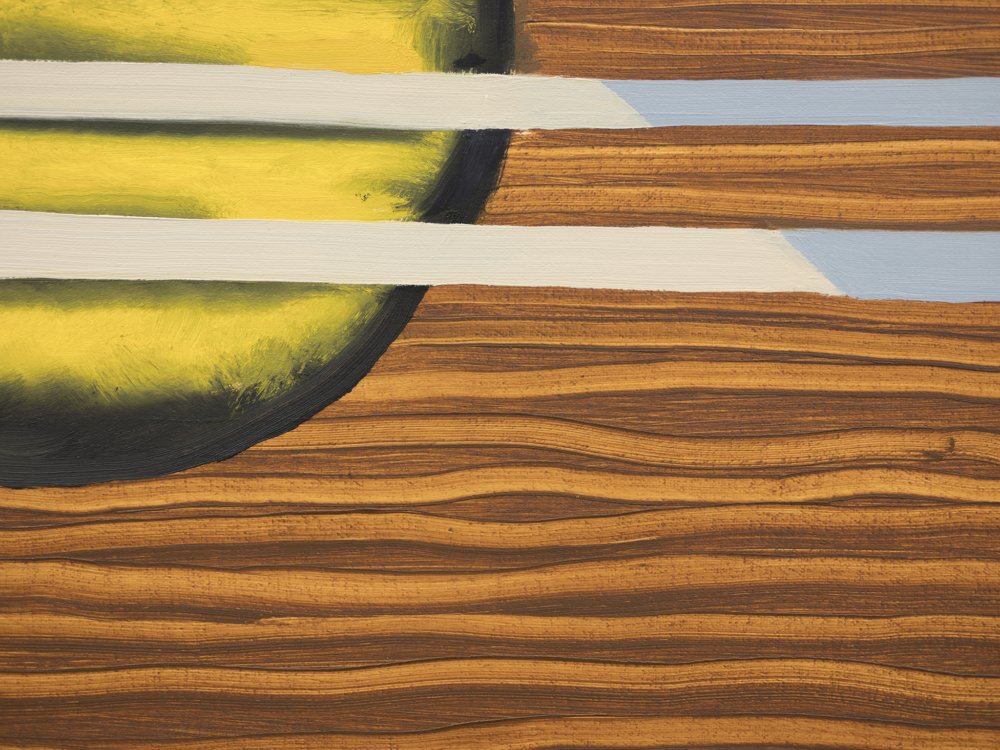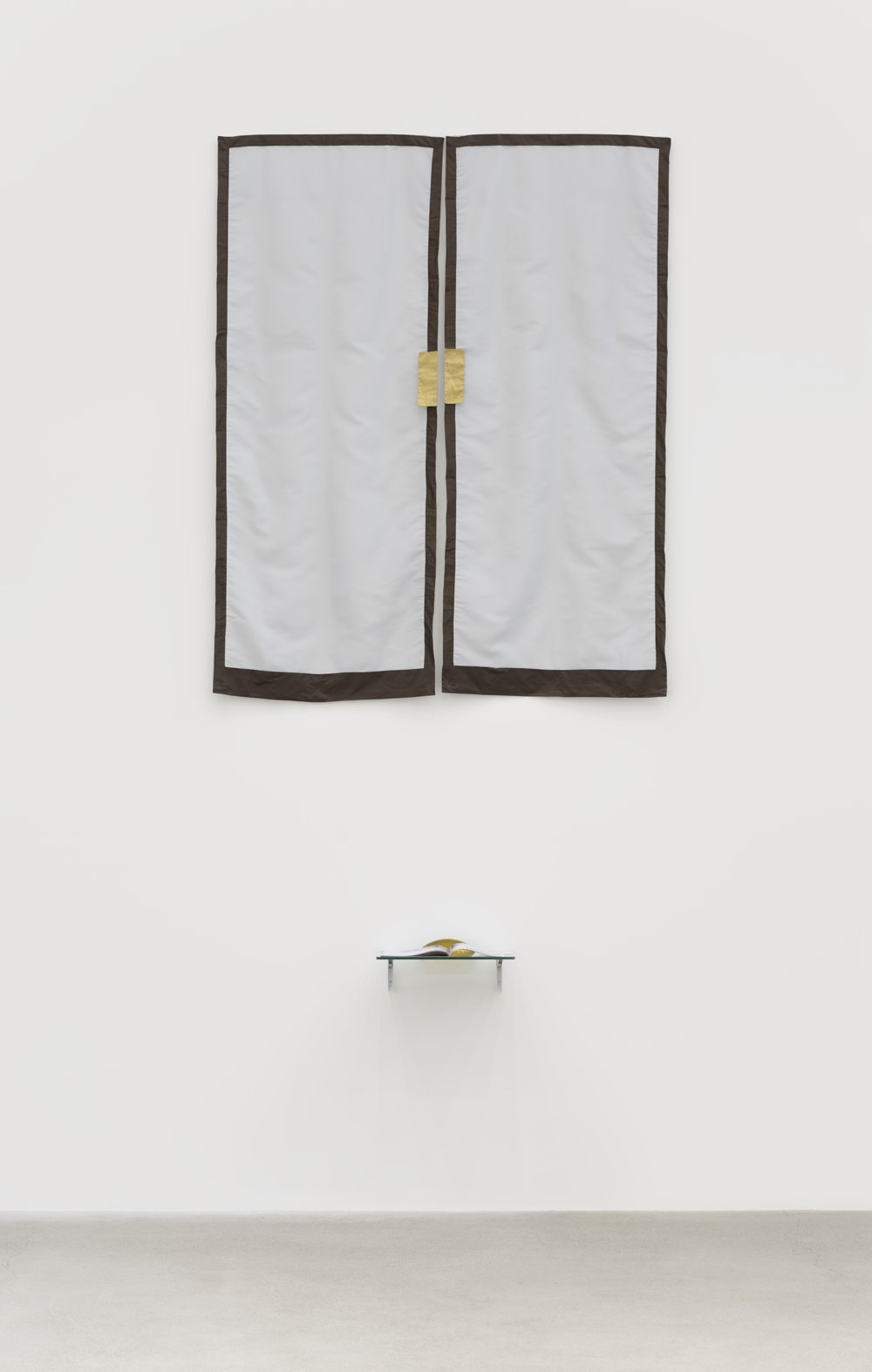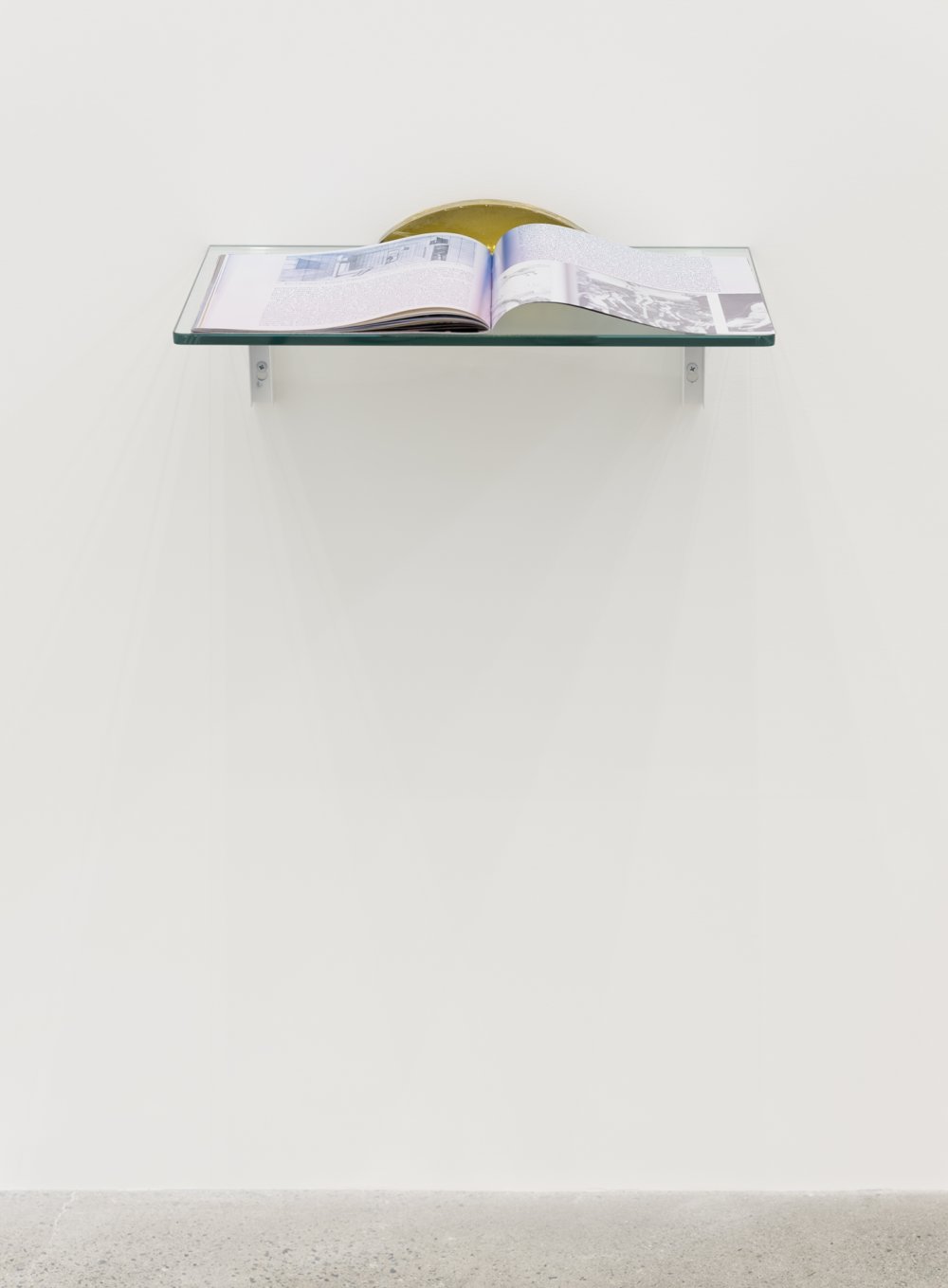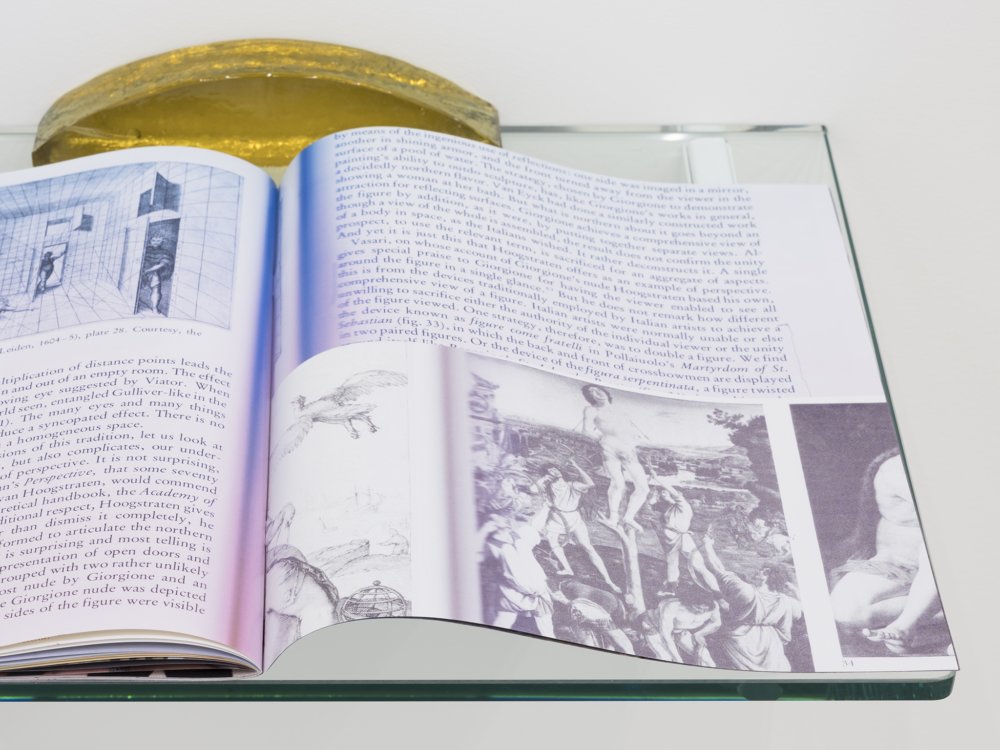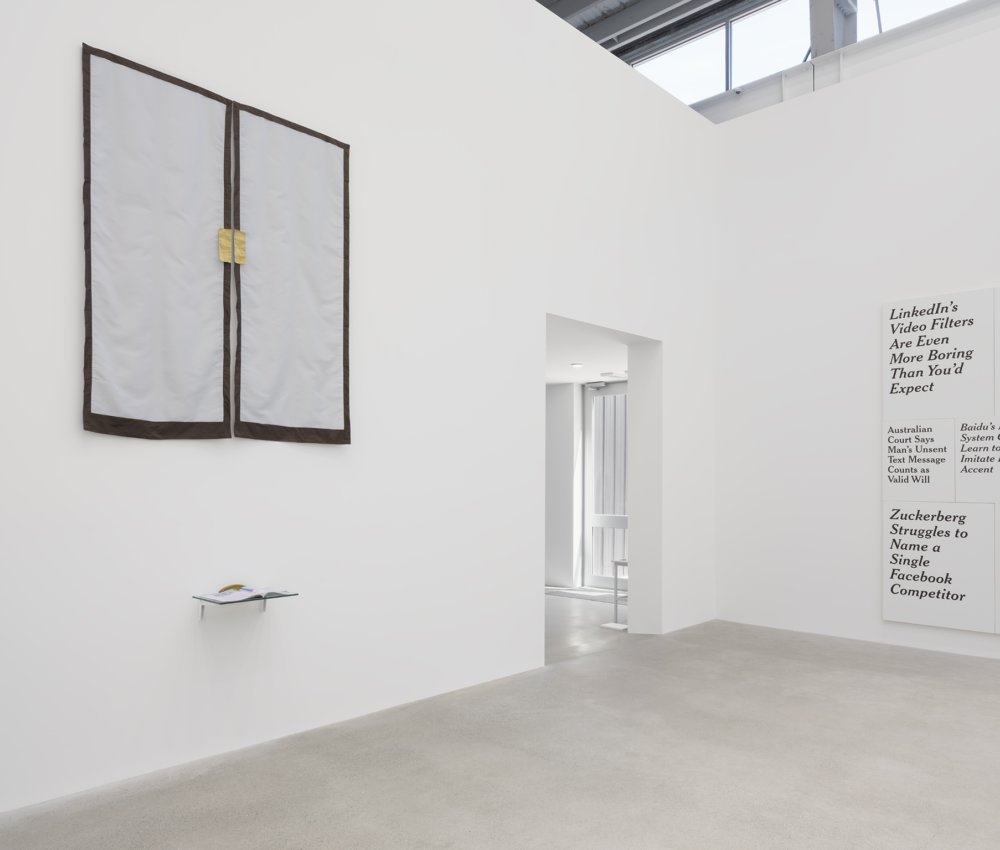Valérie Blass, Rebecca Brewer, Geoffrey Farmer, Cynthia Girard-Renard, Elizabeth McIntosh, Damian Moppett, Kate Newby, Judy Radul, Rob Renpenning, Ron Terada, Calder Tsuyuki Tomlinson
Unexplained Parade, Part Six
February 9–May 11, 2019
Simulating natural conditions in a laboratory environment leads to a state where we don’t trust our experience of reality, but rather only that which is repeatable (reruns) in experiment. Further, our experiments exceed us and initiate processes “of no return” beyond our conceptualization or control.
—Judy Radul, 2014
I’m going over the materials for the hut, just for your reference. My apologies if there is far too much detail, but I just want to let you have an idea of what’s involved. I hope some of it is useful for you.
-the fir beams either come from old houses—largely from the north shore—that underwent renovations (the original intention was to use wood specifically from the DTES, but that wasn’t a practical feasibility). A small company called Unbuilders, which takes apart houses more to avoid the lumber being thrown out than to make a profit, helped me out in essentially donating wood for the project. Otherwise I also got a few key pieces that were recycled from shipping containers for a metals distributer in Langley.
-some of cedar paneling is from my (paternal) grandfather’s collection of unused wood from the house he built in the Cariboo, which I discovered after visiting in the winter following his passing and my return from my Haida Gwaii trip; I haven’t been able to verify where he purchased the wood from, but the pieces are sold as ‘Haida Skirls’, and he purchased them soon after he returned from a summer in ’74 building a hospital in Queen Charlotte City. The ‘tokonoma’—alcove for displaying art—consists of these panels.
-otherwise the other cedar panels are from a house in North Van from the ’50s, where I had to carefully remove the heavy layers of leaded paint to reveal the bare wood underneath (its safe for any visitors; there will still be some vestiges of colour left in the knot holes); the lack of foresight in using such a toxic substance on material that would otherwise be entirely reusable is symptomatic I feel of some of these themes of buried histories, etc. (that aspect of lead and industrial production will be referenced when I use a tea bowl & cold-water jar that I have from a British ceramicist, Eddie Curtis, who draws inspiration from industrial pollution near his hometown of Seaham in the UK; the underlying theme being of the ‘pharmakon,’ where a drug is both a medicine and a poison).
[I’d just care to note that the use of removable wooden panels for this project was partly inspired by learning about the Haida leaving the wooden frames erect of their longhouses, but removing and travelling with the cedar panels when they would move between summer and winter camps throughout the archipelago; though there is no tradition of fully wooden tea huts in Japan, other than that hermit’s wooden hut from the 12th century, such wood-panelled buildings were used as storehouses for treasures for shrines, and most recently have been used in construction projects in the aftermath of the 2011 tsunami, to house some of the displaced families from the area.]
-the crawling door is made of wood from the Tashme camp slaughterhouse—donated to me by the owner of the recently created Tashme Sunshine Valley Museum, who evidently took great inspiration from my (maternal) grandmother’s story as depicted in a documentary made in the ’90s about her experience.
-similarly, the window frames, done in a Japanese style (sliding tracks, washi paper), are repurposed from a window salvaged from a Tashme shack.
-the tar paper that I will be using on the inside to line the ‘host area’ of the tea room is original BC Security Commission-issued tarpaper from 1942. (see attached photo for reference to what I’m talking about)
-the stepping stone to enter in through the crawling door are two unused lithography stones from my paternal grandparents’ lithography studio.
-in a similar vein, the sliding door separating the tea room from the prep room (where the ‘host’ appears from/disappears into) is done with stretched canvas, painted white on a yellow cedar frame—as the door that is used traditionally is simply covered entirely with washi (the only case of its kind in Japanese architecture), which is essentially a blank canvas for the Japanese as normally such doors would be painted or have designs.
-the ceiling for above where the ‘host’ sits in the tea room is made from red cedar outer bark that I collected in February from a large tree cut down in Lynn Valley. The ceiling for the prep room (partially visible from the tea room) is made of bulrushes that I collected with my grandfather in the Cariboo a number of years ago, as well as from Kits Park.
-the sunken hearth where the charcoal is burned and the kettle is set is made of red cedar from rounds that I collected from just outside the fence of Nitobe Garden at UBC; it is lined with copper that was previously used in a fireplace.
Beyond the materials in the hut itself, I’ll be using a variety of ceramic & wood implements for conducting the actual tea ceremony. Just to mention a few:
-copper tea scoop made by Jim Hart’s son, Gwaligaa
-black Raku tea bowl—likely at least 150 years old; one of my own tea bowls made in Japan six years ago; Wayne Ngan tea bowl
-a 200+ year-old cold-water jar with a single image of a male salmon in the spawning phase (a style that is very rare for Japanese ceramics, and an image essentially unknown, largely because the salmon run up in Hokkaido) [I will just note here that one theme that I would be evoking when using this object along with serving candied salmon as the accompanying sweet, would be that by the time that this jar doubles its age, salmon will likely no longer be found along this coast—an echo of how the salmon depicted on the jar is met today in Japan with unfamiliarity—as perhaps they were present more commonly in mainland Japan 200 years ago]; a hinoki cypress well-water box used as a cold-water jar—my use referencing local bentwood boxes.
-a carved wooden tray for serving sweets from an Ainu artisan collected during my trip up there last year
I’ll be using spring water from a location in Lynn Valley. Unfortunately I haven’t been successful in getting locally-made charcoal, and it is illegal to ship charcoal from Japan, so unfortunately I will have to rely on store-bought charcoal… (there was one chance of getting arbutus charcoal made from someone on Saltspring inspired by recent unearthings of Japanese-Canadian charcoal pits from the turn of the century, but it fell through).
Let me know if you have any questions or would care for some images.
Hope all is well,
Calder
Links to full documentation of Part One, Part Two, Part Three, Part Four, and Part Five. Back to overview. Documentation by Rachel Topham Photography.
